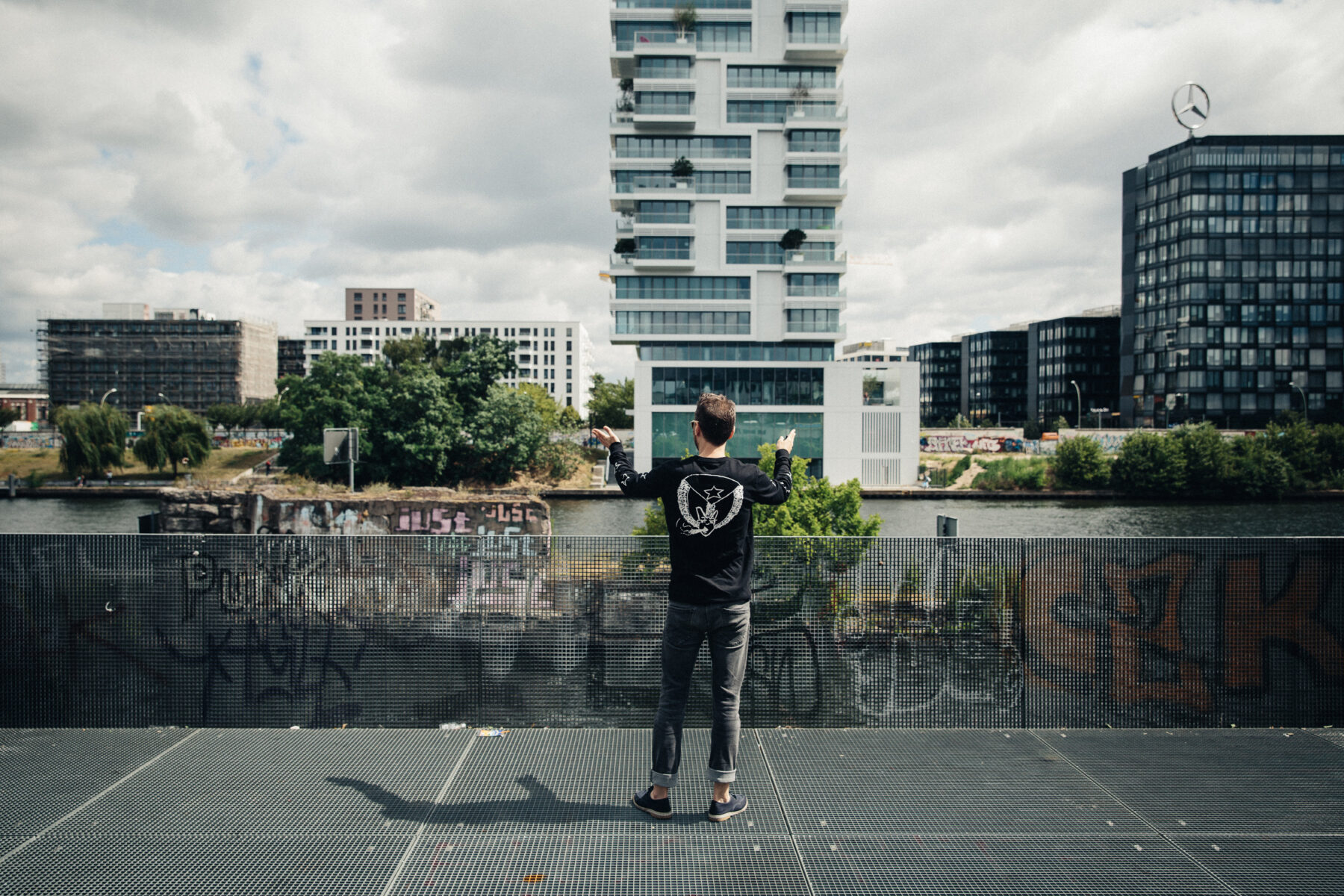In recent years, the Berliner photographer Noshe, also known as Andreas Gehrke, has dedicated his work to the cityscape of his home city—at a time when the often cited and photographed holes in the fabric of the city are boarded up and closed down.
After Brandenburg, his long-standing work documenting the cultural landscape of the outskirts of Berlin, and Incertitudes, his visual archive of urban uncertainties, his most recent work seeks to develop an extensive photographic portrait of Berlin—one that reflects change as well as continuity in the contemporary cityscape.
Born and raised in Berlin, Noshe has spent the majority of his life in the city. The London-born writer and magazine editor Sophie Lovell, who moved to Berlin in the ’90s, took him on a tour of his unexpected favorite places that reflect the exceptional rate of change that the two of them have lived through during their time in the German capital.
We start the morning early in Kreuzberg, at Moritzplatz. The photographer for the tour, Felix Brüggemann, myself, and my friend and colleague of many years, the photographer and publisher Noshe, aka Andreas Gehrke. “Let me show you my Berlin,” says Noshe, with a grin. So we all hop into the MINI and drive around the corner to pick up some breakfast pastries from a local co-op bakery. Felix wants a shot of Noshe driving the car down the street with the U-Bahn train running across the highline behind: green trees; Kreuzberg apartment blocks; yellow U-Bahn. The two photographers start obsessing about the right shot and I watch and wait, mustering the necessary patience for the day ahead, eating the pastries they have already forgotten.
Exploring Berlin’s cityscapes
Schöneweide: An industrial zone gives way to retail
“I suddenly realized that from one day to the next this place was turning into a desert of shopping malls.”
The tour begins in the east of Berlin in Schöneweide, which translates to “beautiful meadow”. “The East Berliner nickname for it was Schweineöde,” says Noshe, “pig wasteland”. We head to Schnellerstrasse, the main route out to Schönefeld Airport. The surrounding area was formerly a working-class district closely connected to the history of the AEG [electrical company] group, and became a declining industrial zone after the Wall came down. It is now filled with a rapidly increasing sprawl of garishly-colored home improvement stores and other retail outlets.
“Whichever city you are in,” says Noshe “it is important to drive out of town: Just sit on the train until the end of the line.” “I wanted to start here,” he adds, “because I suddenly realized that from one day to the next, this place—that for so long was a co-existence between architecture, wasteland and temporary intermediate use by artists, creatives and craftspeople—was turning into a desert of shopping malls.”
We stop at a new warehouse building with a massive red brick, graffiti-covered ruin of a former brewery on one side and a demolition site on the other. Noshe indicates the pile of rubble being cleared by bulldozers “Many of my friends worked in the warehouse that stood there for years,” he says, “now it’s going to be an Edeka [German supermarket chain].” The ruined brewery, he adds, was, and is, “an adventure playground for young sprayers”.
Berlin’s street art scene is legendary—quite probably because there were so many buildings like this to practice on. Noshe’s observations on the changes are a combination of wistfulness and excitement. He, a born and bred Berliner, and me, a Londoner who came here 20 years ago and stayed, both know that it is change that boosts the energy of this city. We have both borne witness to—and been part of—something extraordinary over the past two decades, but now a tipping point seems to have been reached and all those places, all those “unspaces” that made Berlin so different are being erased and replaced with the same stuff you find in any other city.
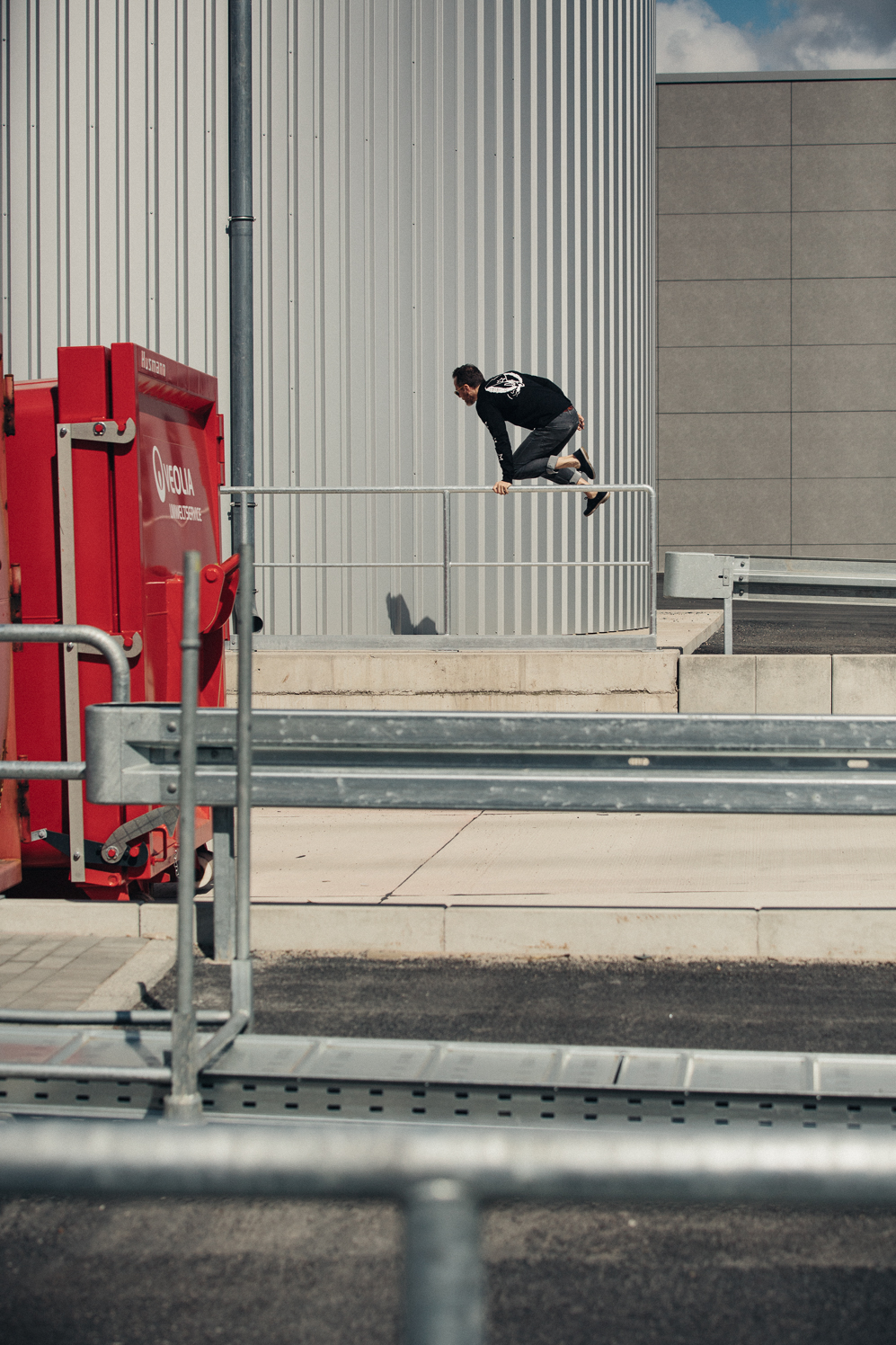
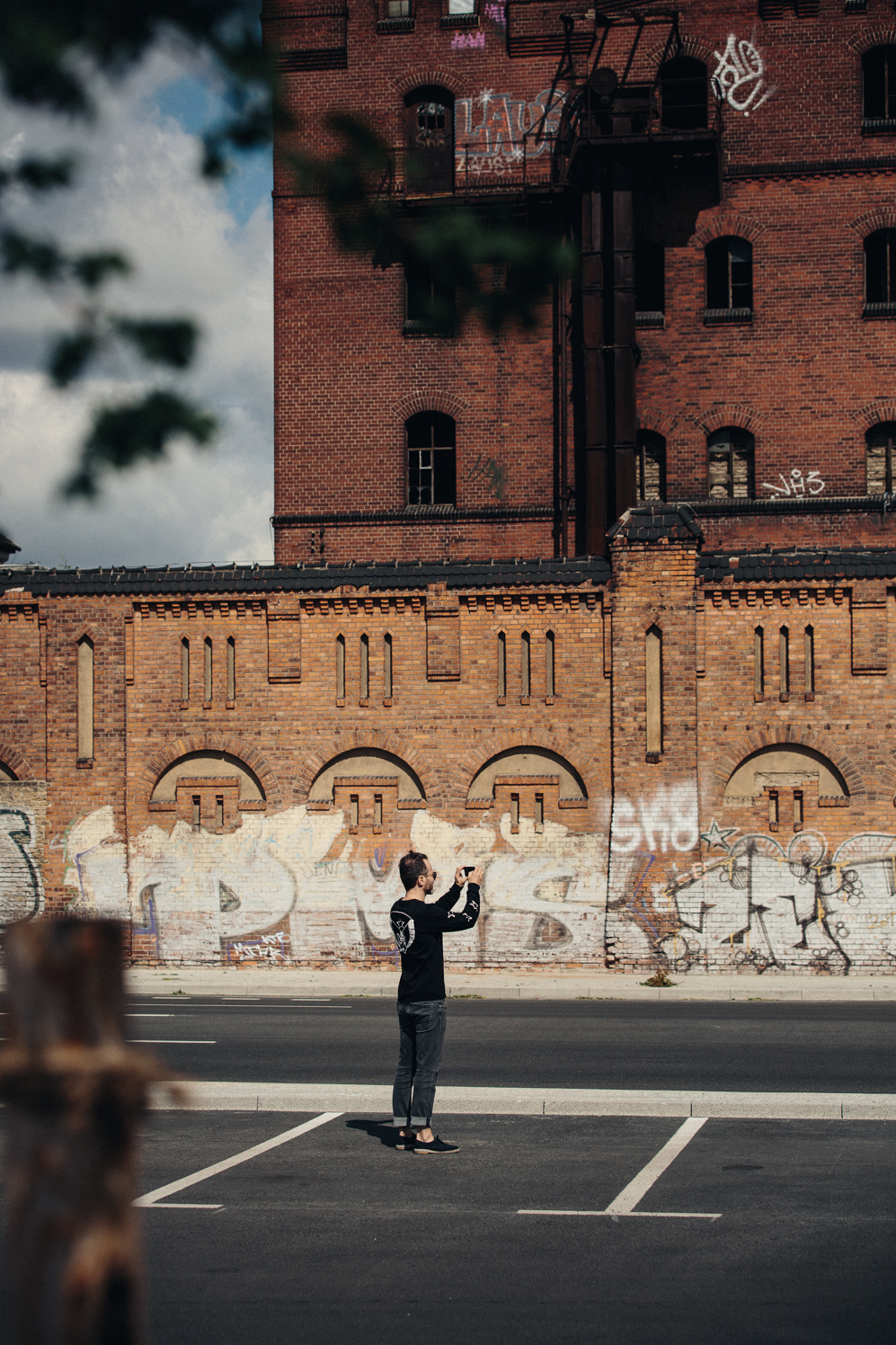
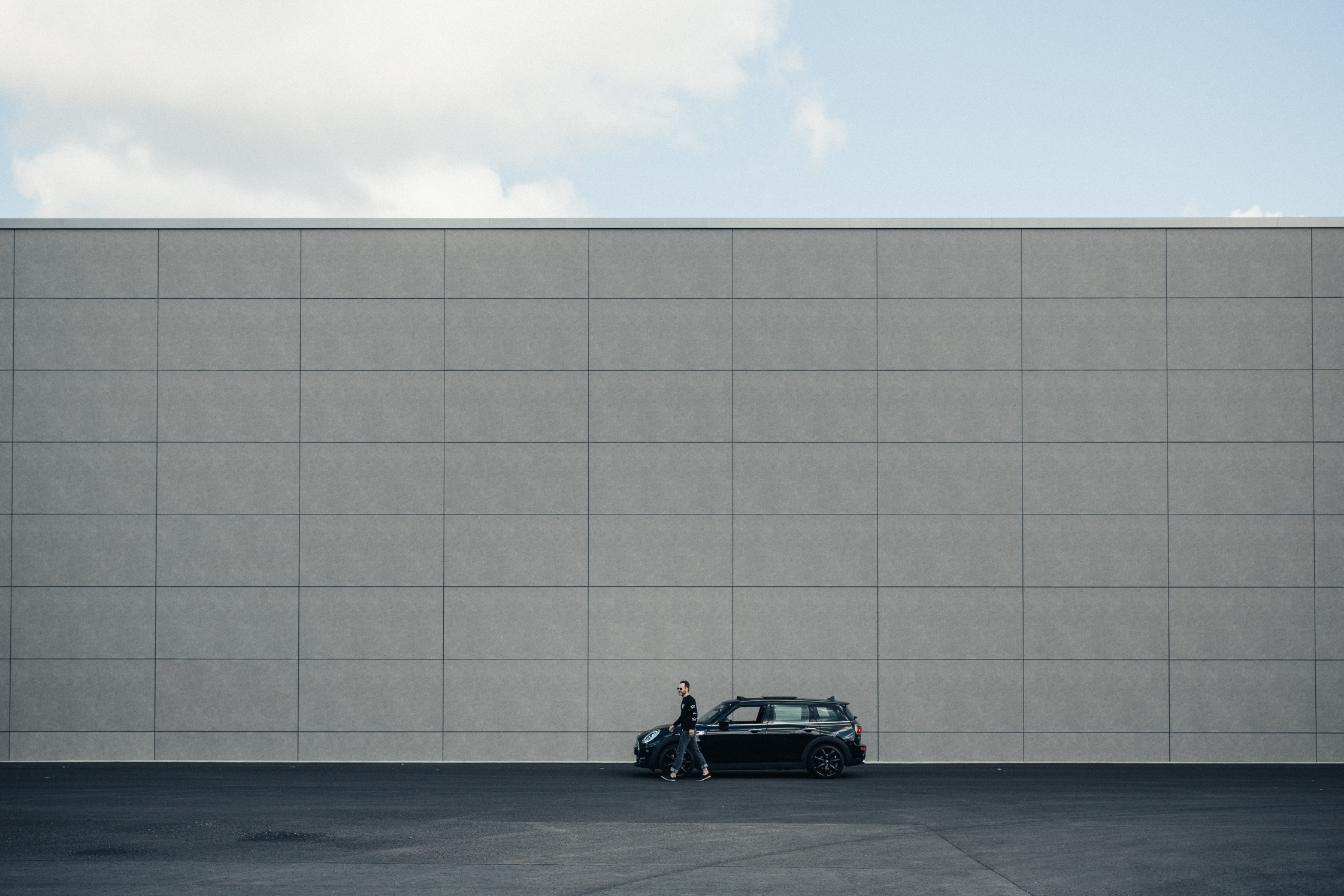
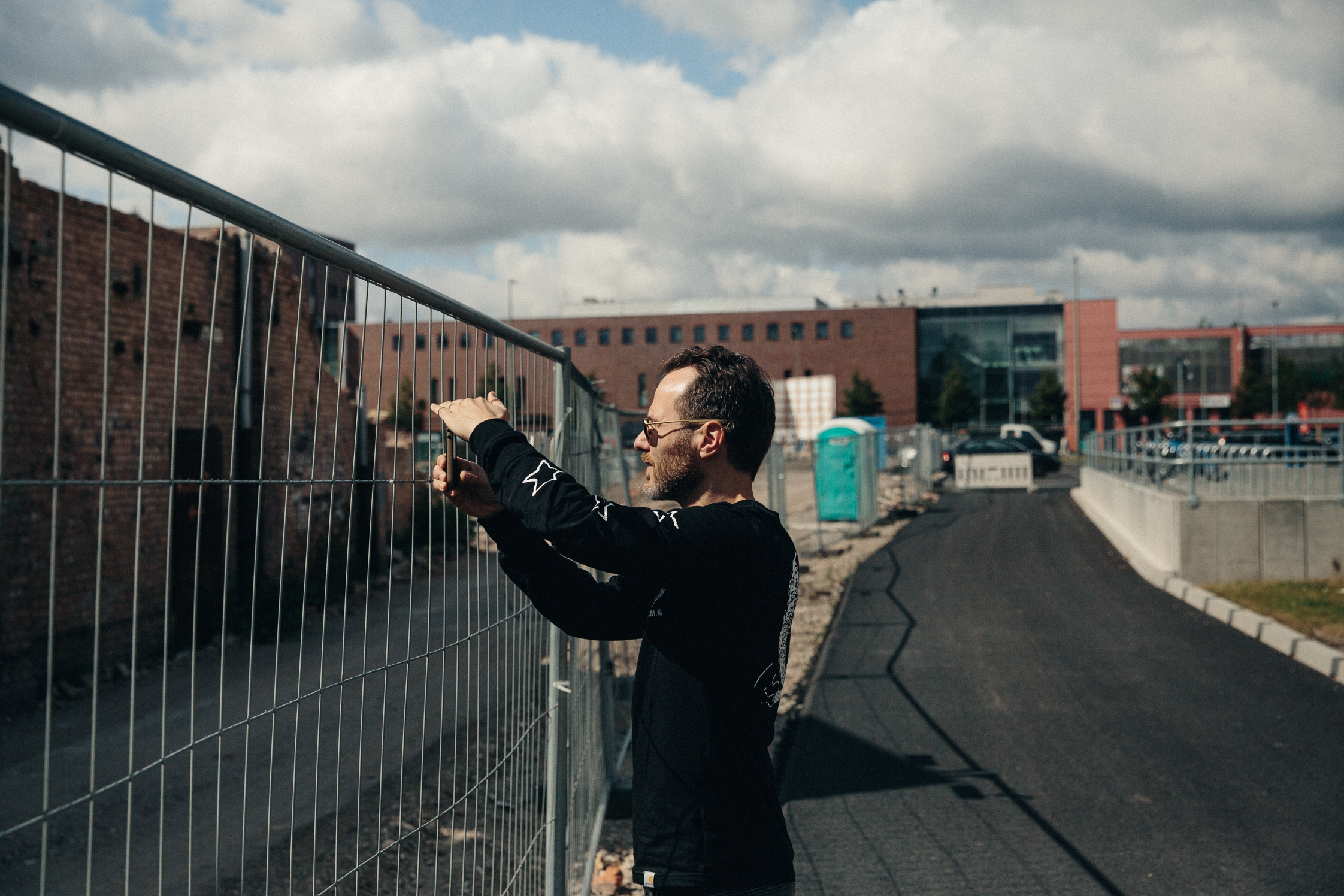
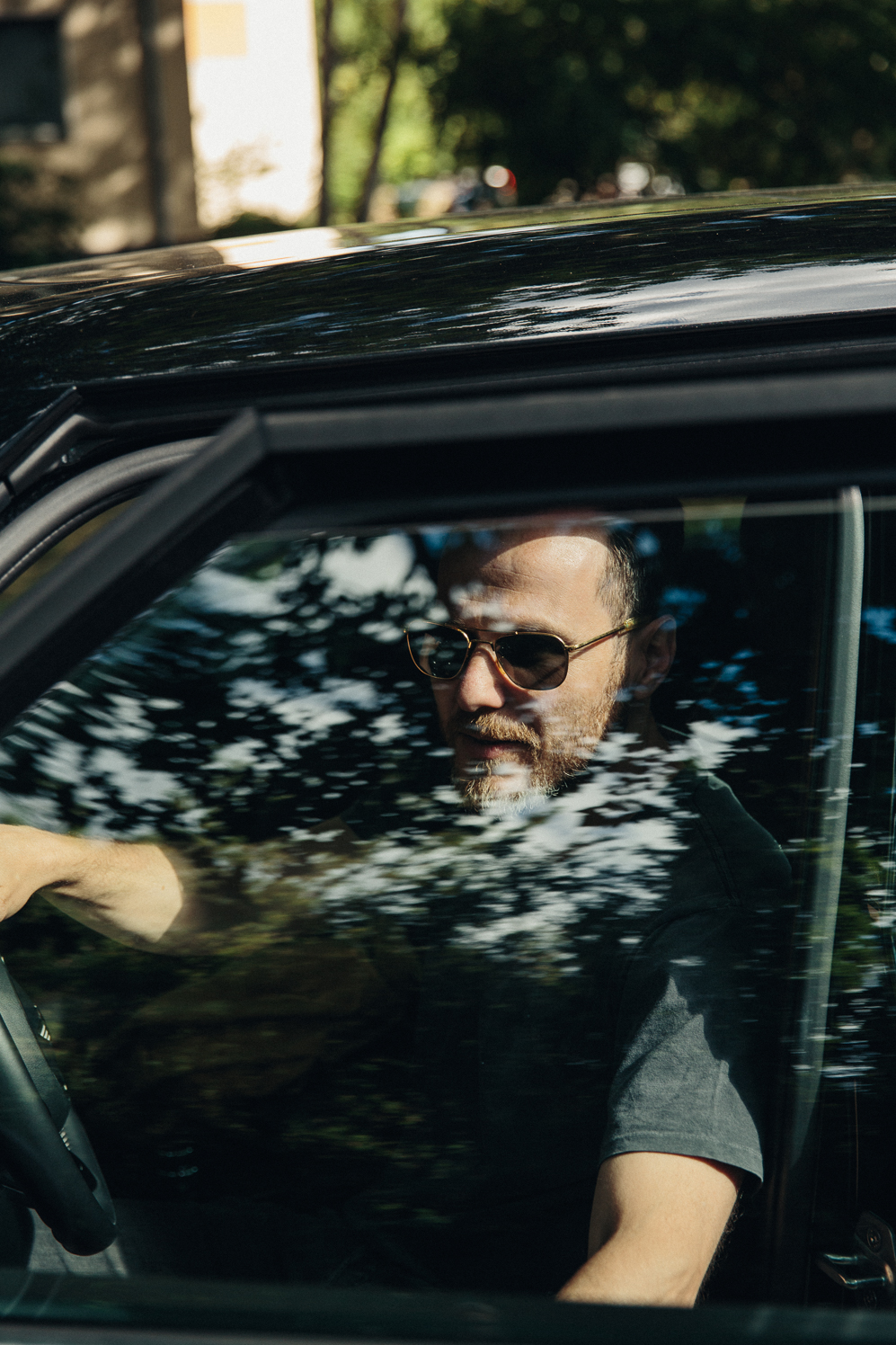
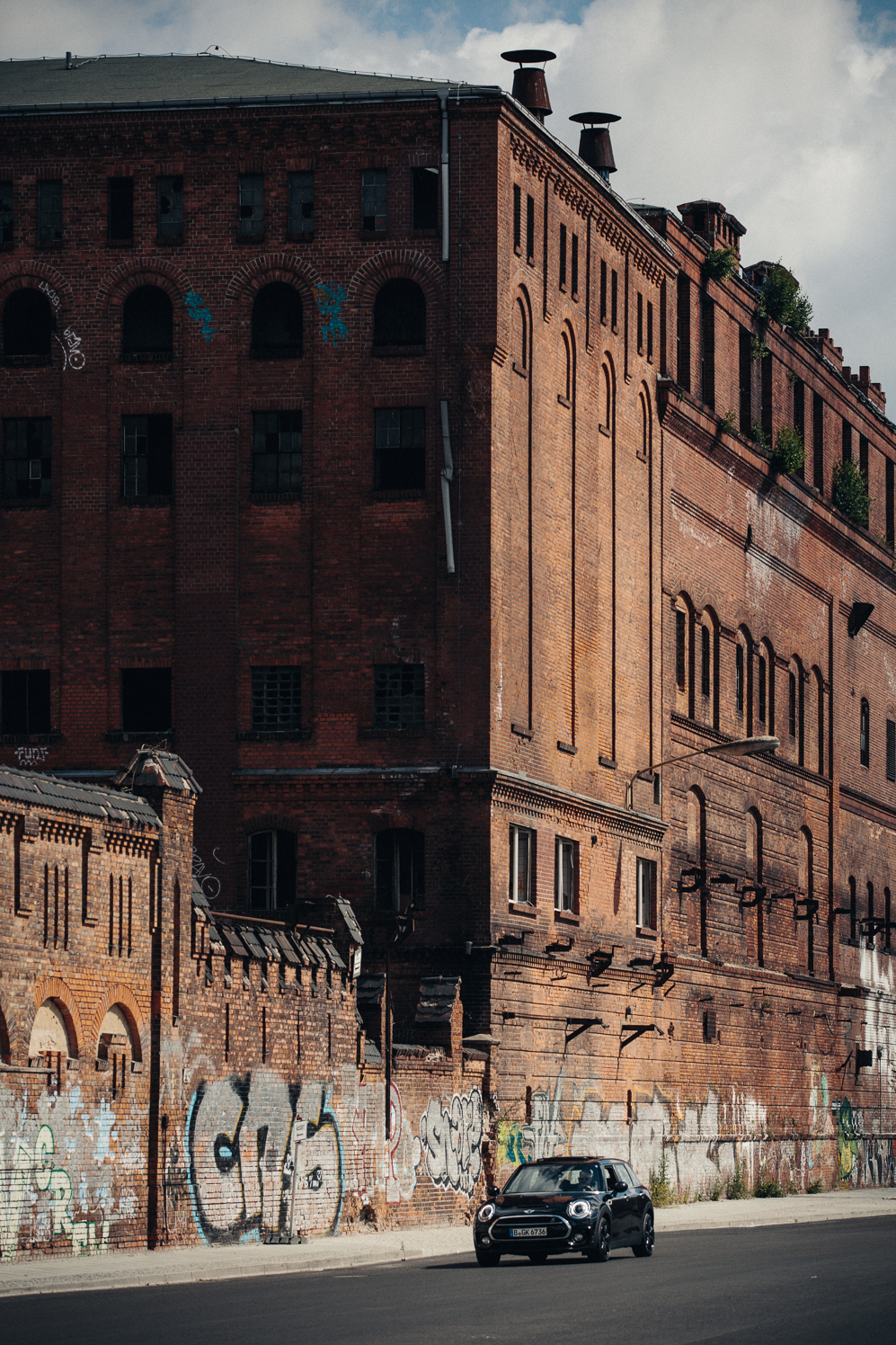
Warschauer Brücke: An intersection of contrasts
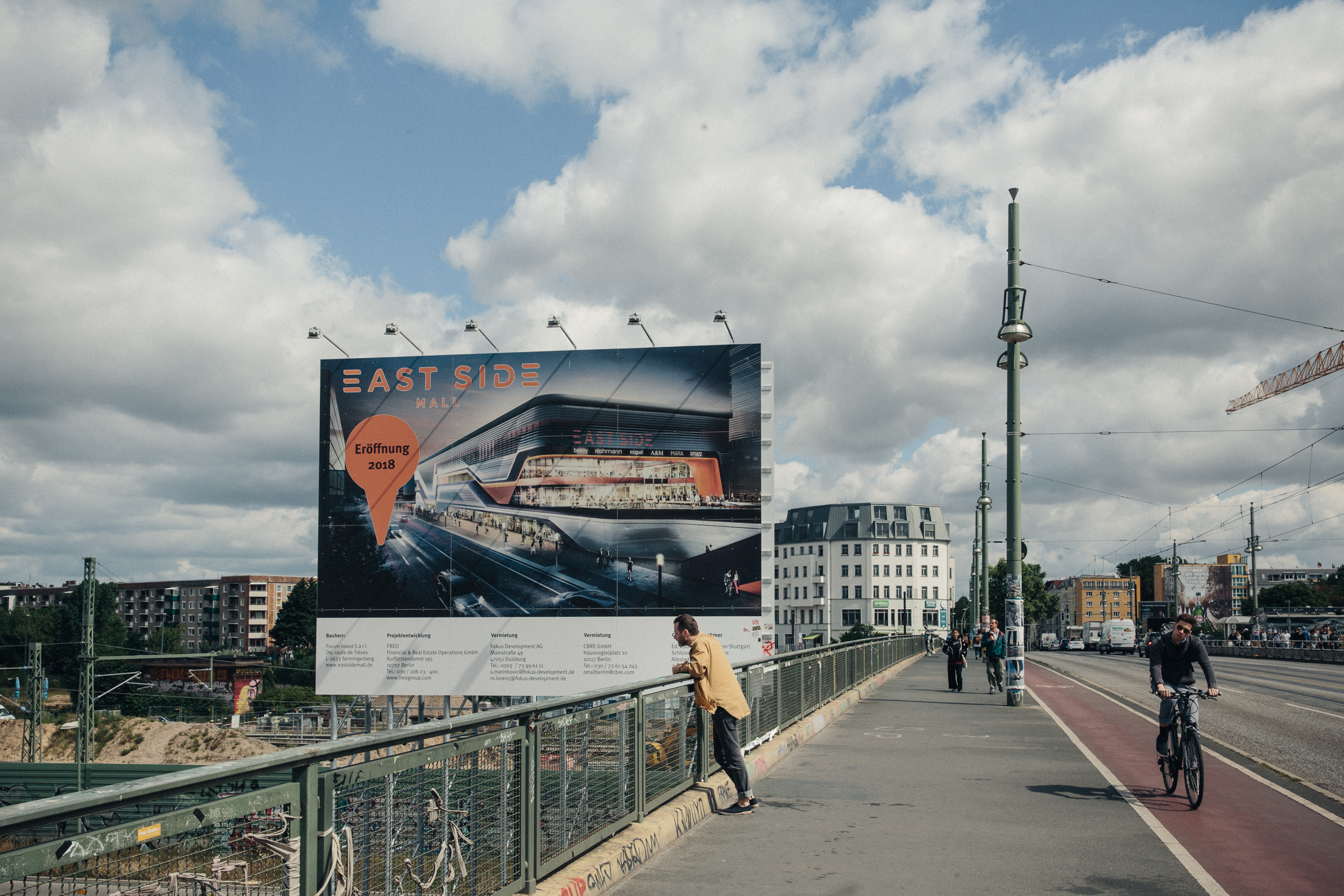
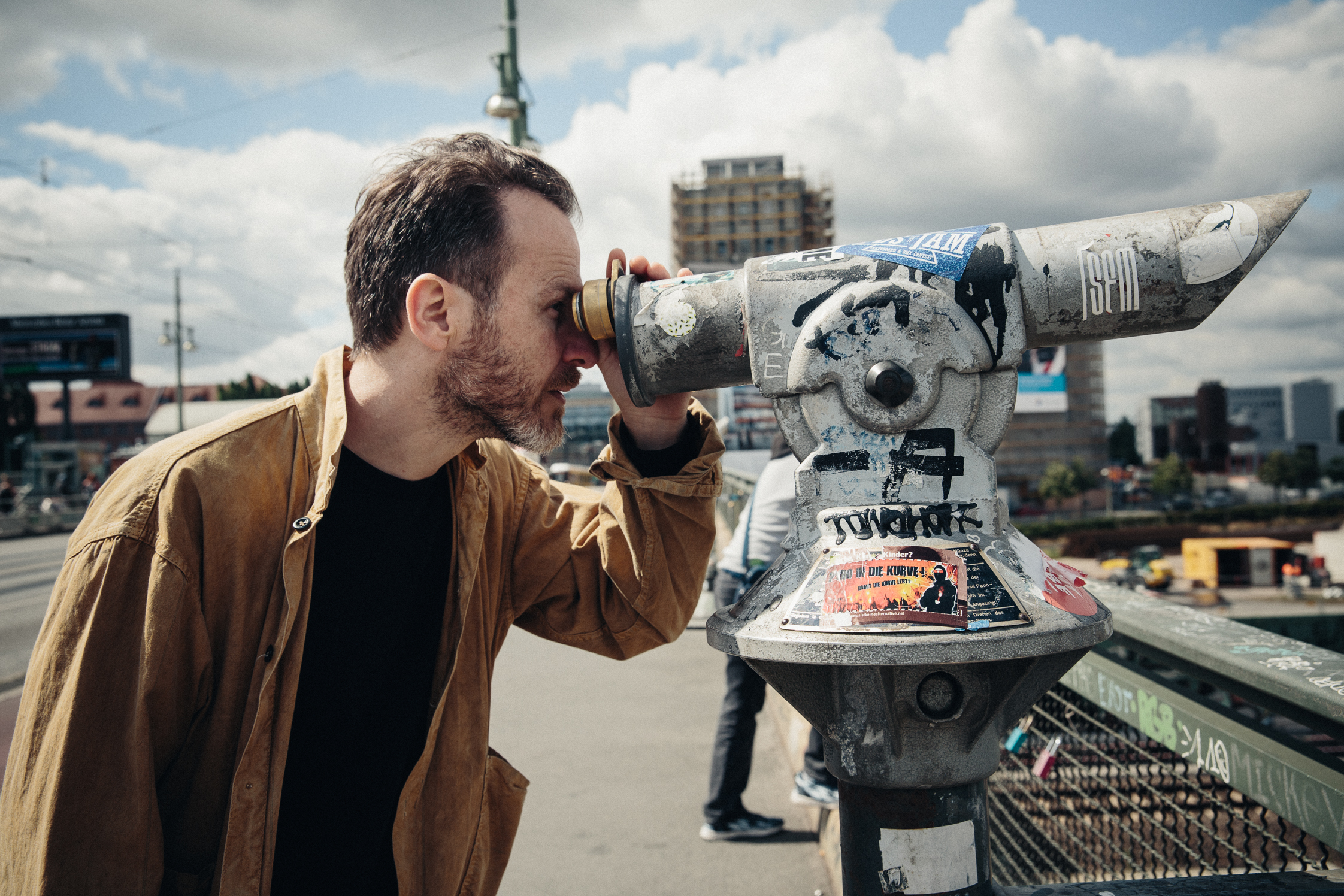
“This is where two worlds clash together in such an incredibly crass way.”
We follow the River Spree back into town to the Warschauer Brücke in Friedrichshain. “Everybody’s darling Berlin spot,” Noshe calls it. This bridge is an ongoing building site, the large intersection station below seems to have been undergoing renovation for an eternity, “doomed to be always becoming and never being,” to quote the architect Karl Scheffler (from 1910), like so much in this city.
But what it is going to become is starting to be made clear. On the eastern side of the bridge is another semi-ruined former industrial area, but this one is teeming with life—particularly at night. It is the Revaler Strasse “party mile”, full of semi-legal-looking clubs, bars and various arts initiatives as well as people busking and hanging out on the bridge and surrounding streets. A complete nocturnal occupation of urban space. It is the expansion of a scene that drew adventurous young creatives to live and work in Berlin in the ’90s that has now morphed into an industry that attracts not just thousands, but millions of visitors each year.
On the other side of the bridge is a continuation of the giant retail and commercial constructions we saw further east, but here we see a huge area being cleared for the “East-Side Mall” mega-shopping centre. It is still at the foundation-laying stage, but a giant hoarding depicting a rendering of the mall is shudder-inducing. “It really did shock me to see that they are building yet another massive mall here,” says Noshe, “we have already about 60 of them in Berlin, the next one is only one train stop away and the next two maximum ten minutes away by bike. Right here, with the Mercedes Benz Arena next door, and Revaler Strasse, Berghain and the Warschauer Brücke too, is where investor-Berlin and the youthful entertainment-seeking Berlin clash together in such an incredibly crass way.”
I compare the alternative scene here to the one that began in derelict buildings in Auguststrasse in Mitte in the early ’90s, when Cookie started his first clubs and the Kunst-Werke gallery was opened and then the houses were rapidly renovated and gentrified around them. “That clash was cute compared to what we have now,” Noshe replies.
Köpenicker Strasse: A modern no man’s land
“The whole of the Media Spree is like a shadow that bodes nothing good.”
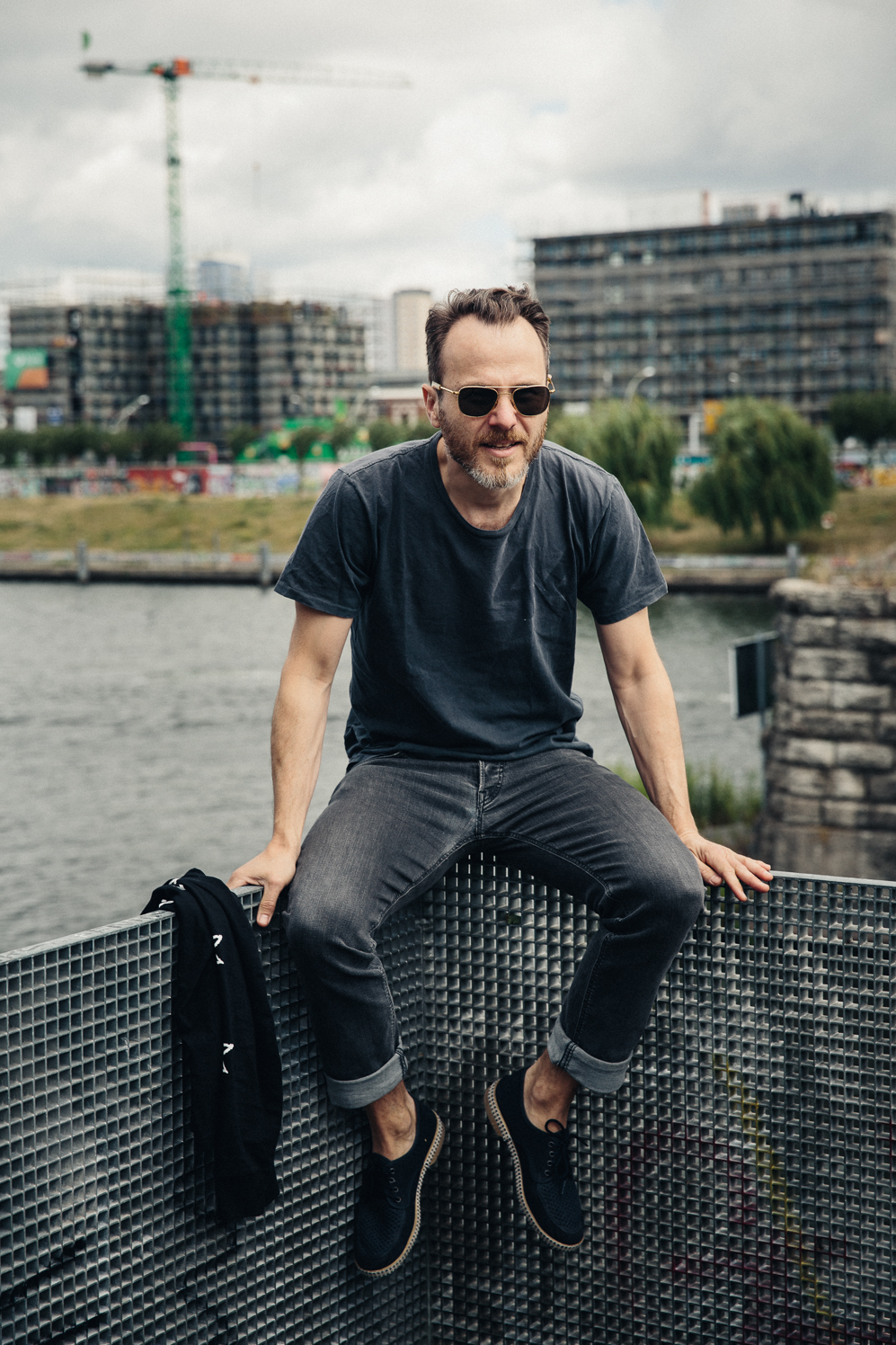
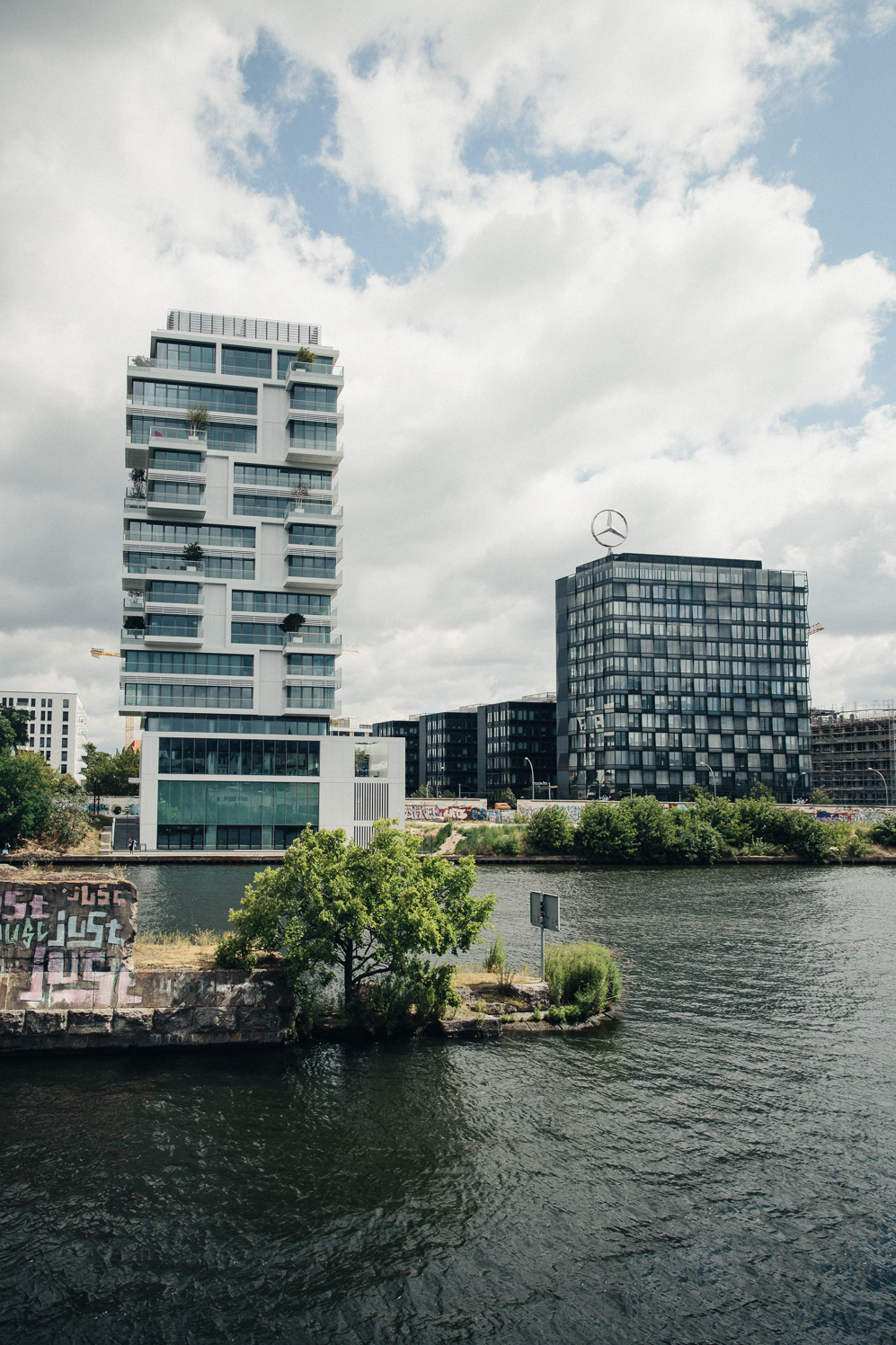
We drive further into the city centre to Köpenicker Strasse, not too far from where Noshe lives now. Here we drive into a little dead end cobbled street that terminates in another overgrown “unspace” right next to the river, currently serving as summer residence and river-view drinking spot for a handful of people living rough.
Across the water is an expensive-looking new apartment block, part of the much disputed Media Spree development plan that stretches almost from Alexanderplatz to Warschauer Brücke on the north bank of the river. Why here? “Because, you have the feeling that the development is having an effect on the neighborhood on the other side river,” he replies. “This is where I live, I see it every day. It is changing the Wrangel neighborhood, it’s like a shadow that is falling across Kreuzberg as well. The whole of the Media Spree is like a shadow that bodes nothing good.”

Noshe’s Office: The one-man agency
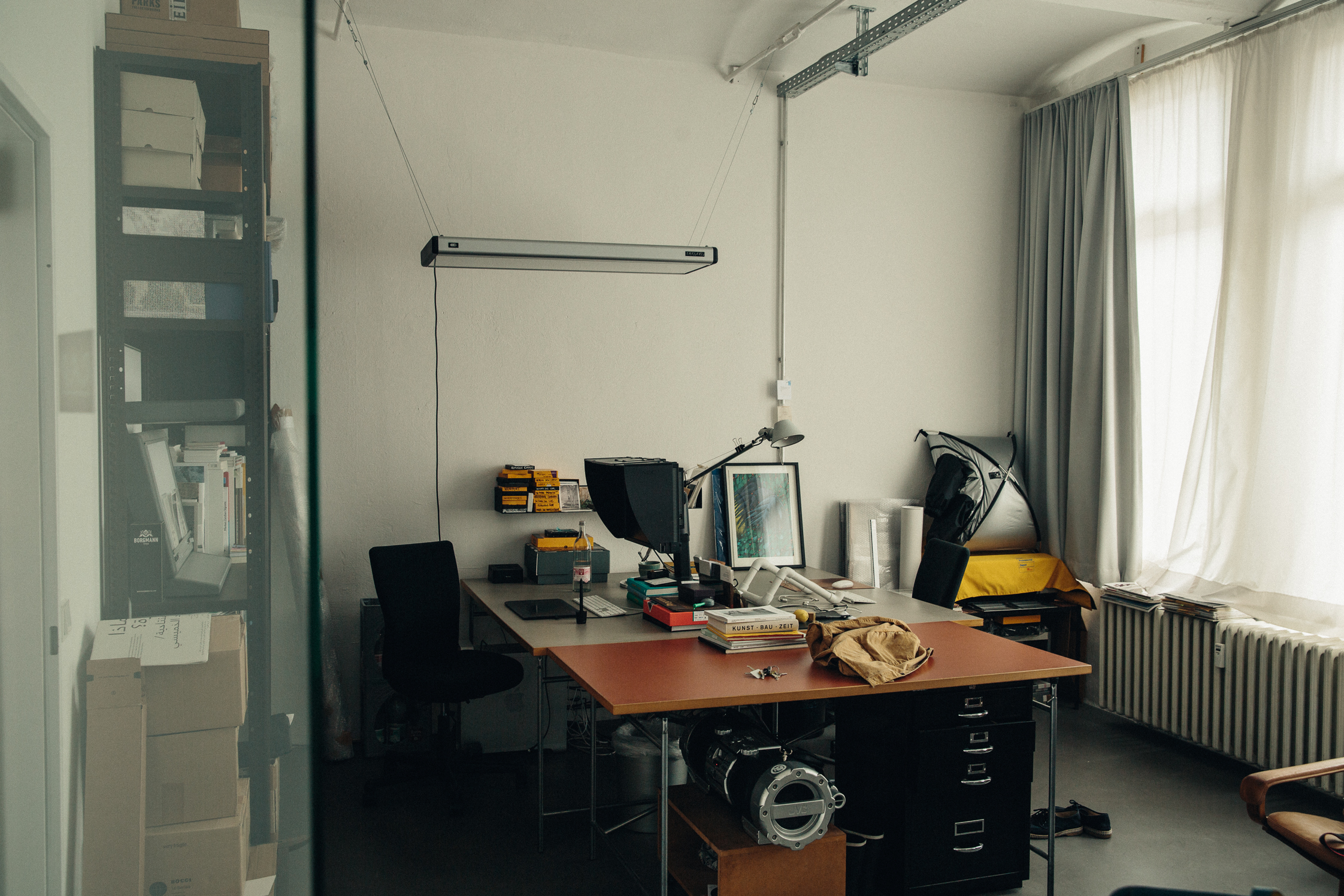
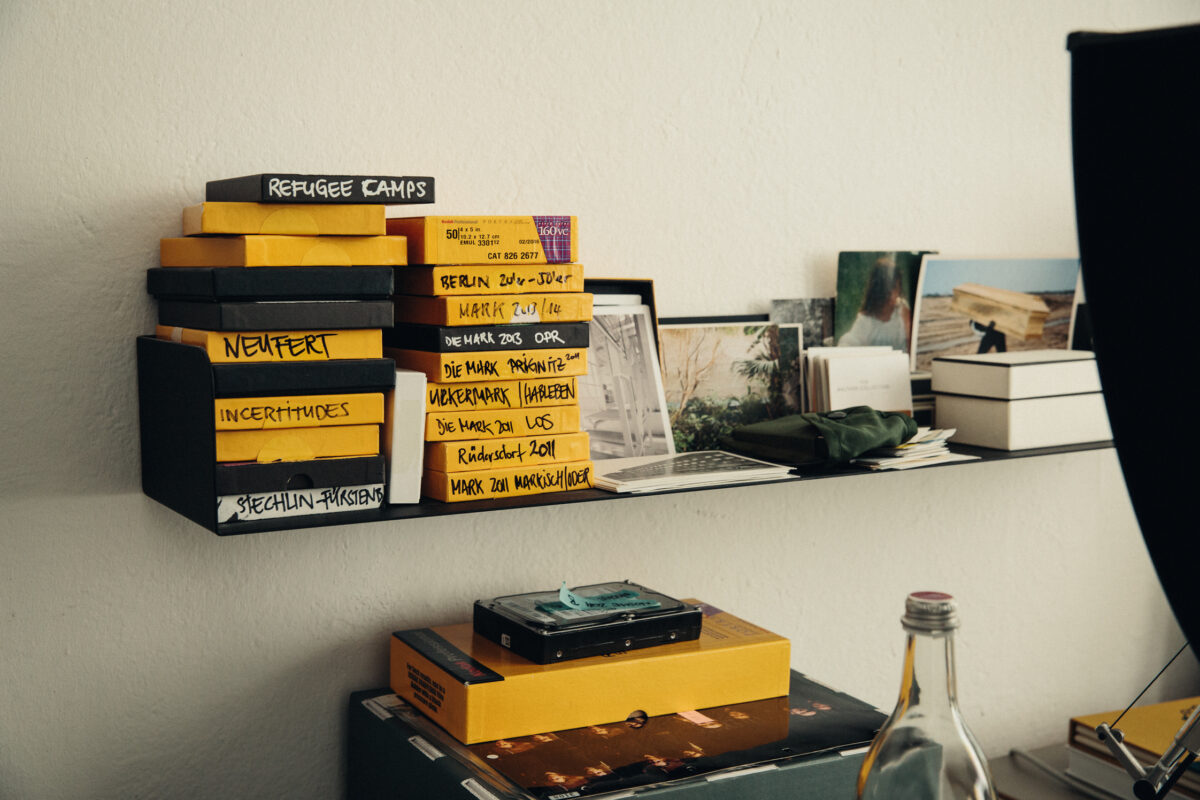
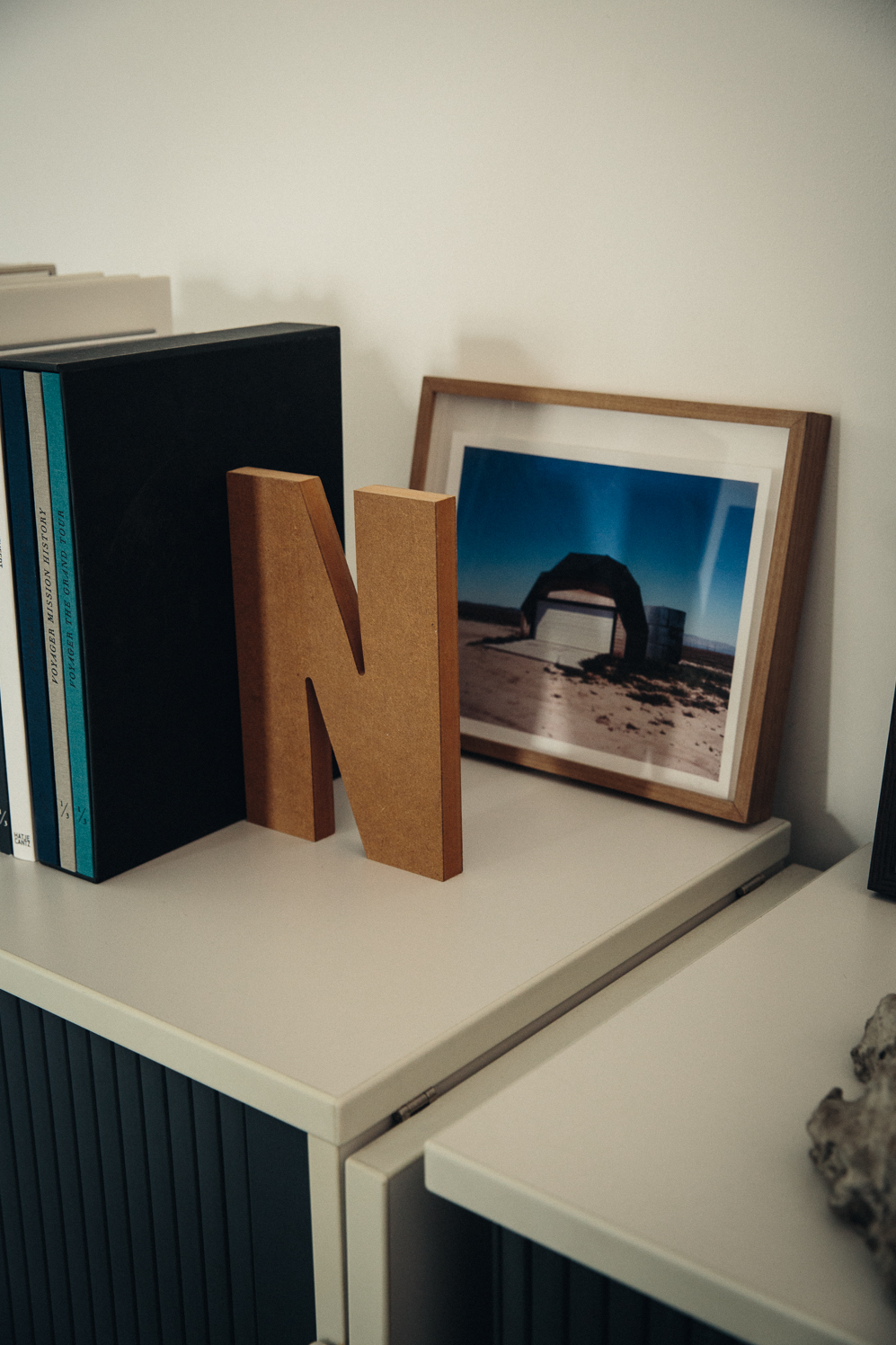
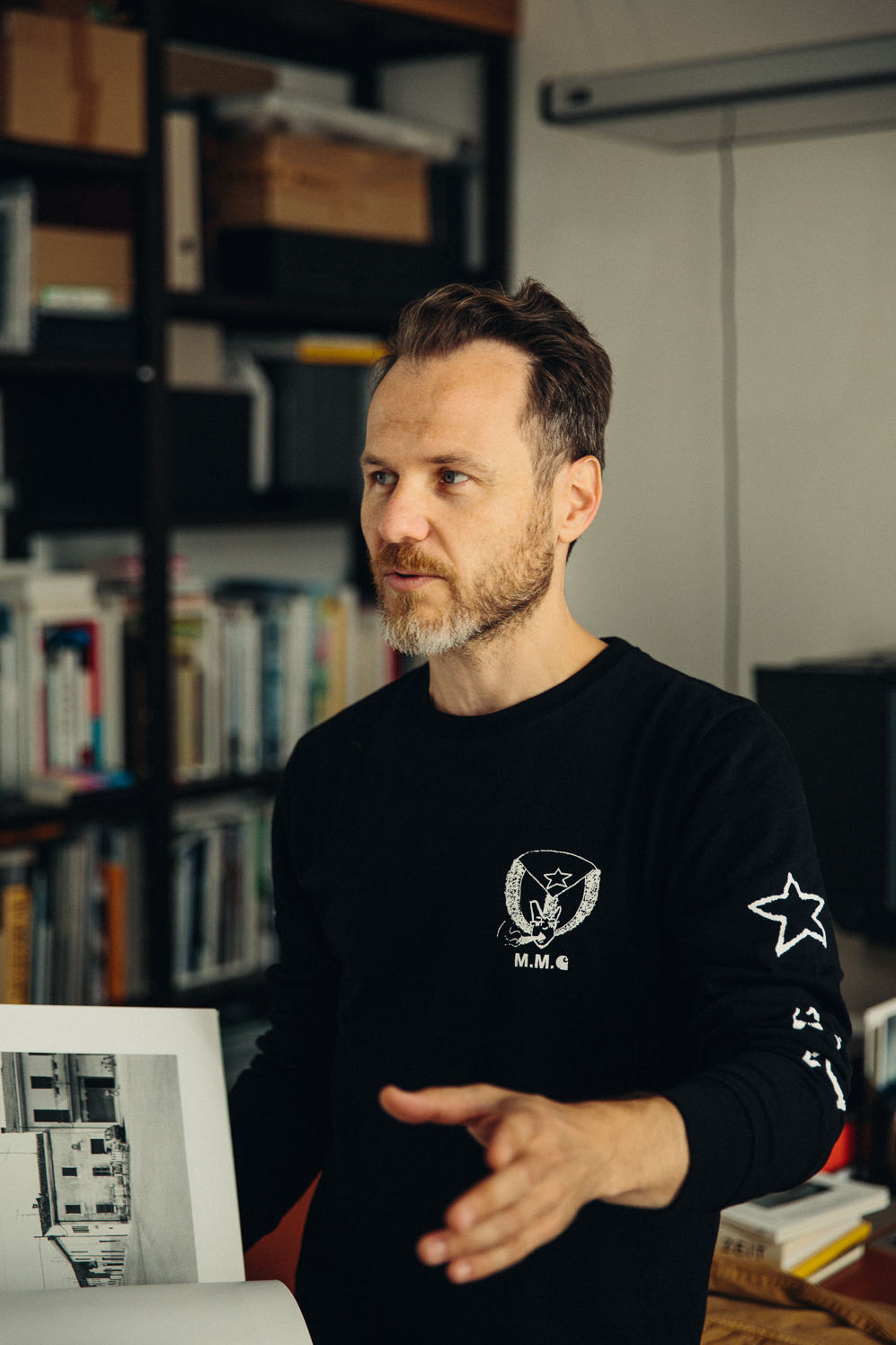
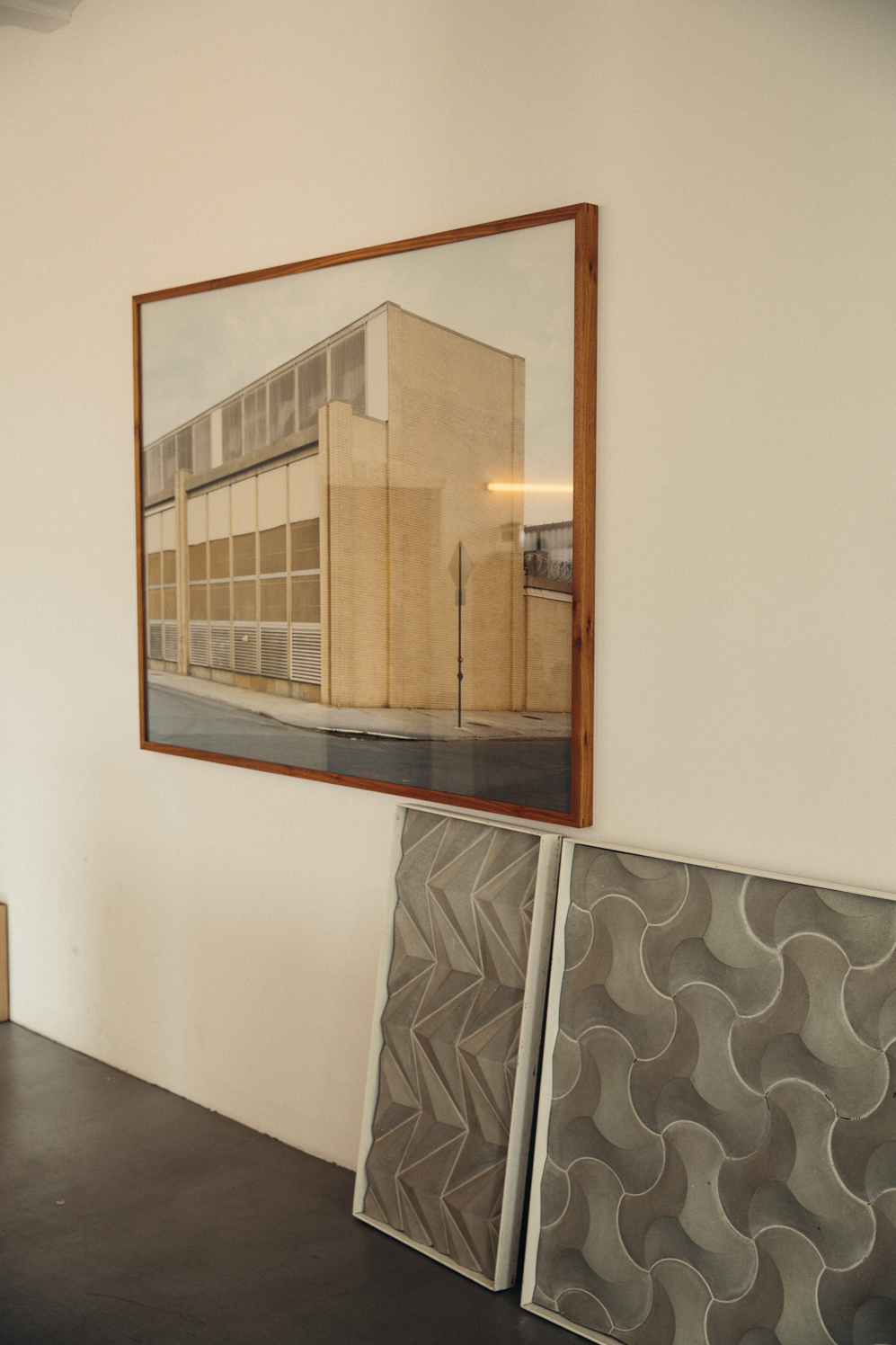
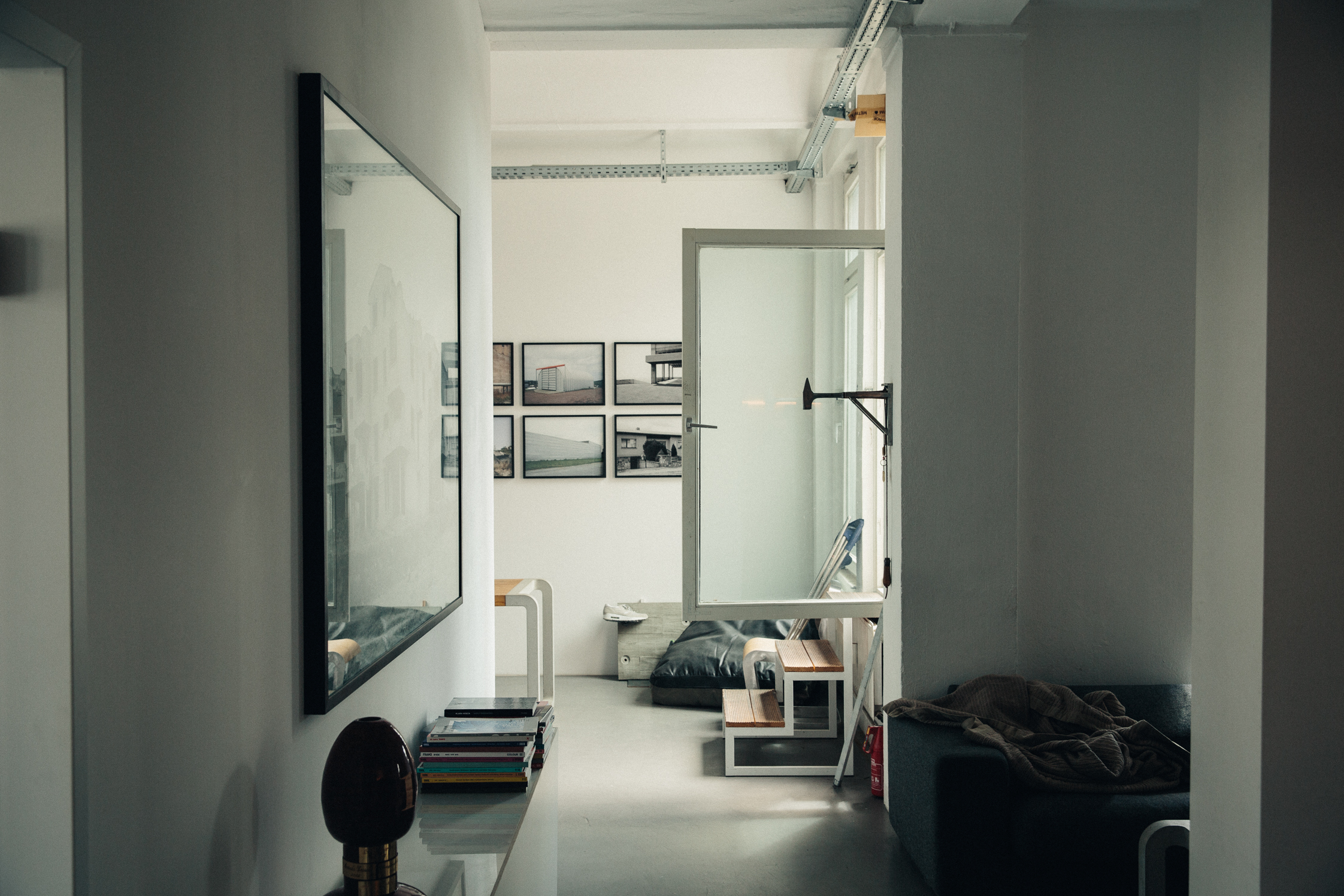
“Basically Noshe is a one-man photographic agency and Andreas Gehrke is me as an artist.”
We drive around the corner to Noshe’s office. It is situated in yet another large former industrial building, this time filled with a lively mix of a large number of small companies. He shares his office space with the web agency Kopfwelt, the designer Arkov and the design studio Metrofarm. “When we all moved in here seven years ago, the demand wasn’t that great,” he says, “and now the whole of Mitte has been washed over here.” As real estate values skyrocket in the centre of the city and the relentless march of gentrification continues, most of the little firms like these get pushed further and further outwards.
Noshe trained as a photographer the old way—as an assistant to an established photographer, in this case two and a half years with Kai Uwe Gundlach in Hamburg before setting up on his own in 1999, at the age of 25. His first big jobs were with Wallpaper magazine.
His work today divides into three main areas: his own work as Andreas Gehrke, his contract photography as Noshe, and his book publishing venture: Drittel Books. There is a display of his publications in the lobby of the shared office space along with framed prints of his landscapes on the walls. His images have a power and softness about them that is hard to define, they manage to captivate with the banal in a very particular and arresting way. He is also incredibly precise and exacting, he demands much of himself and others. You can see it in his body of work, and also most clearly in his very beautiful books—presenting both his own work and that of of other photographers—that are works of art as objects in their own right.
This seems a good point to ask him to explain why he has two names: “Basically ‘Noshe’ is a one-man photographic agency and Andreas Gehrke is me as an artist: with one I take care of what others have to say, and with the other it is what I have to say. I help them to market their products, from architecture to merchandise, through my photography. When I started out, everybody knew me by the nickname I had when I was an assistant, so it kind of stuck. Only later did the advantage of strictly separating my art from my commercial work become clear: It meant that I did not have to compromise. And it helped that my customers did not think I was some kind of art diva. Anyway the volume and diversity of contract work as well as the artwork I have done over the years just doesn’t fit together on one website.”
Axel Springer Campus: Arrested development
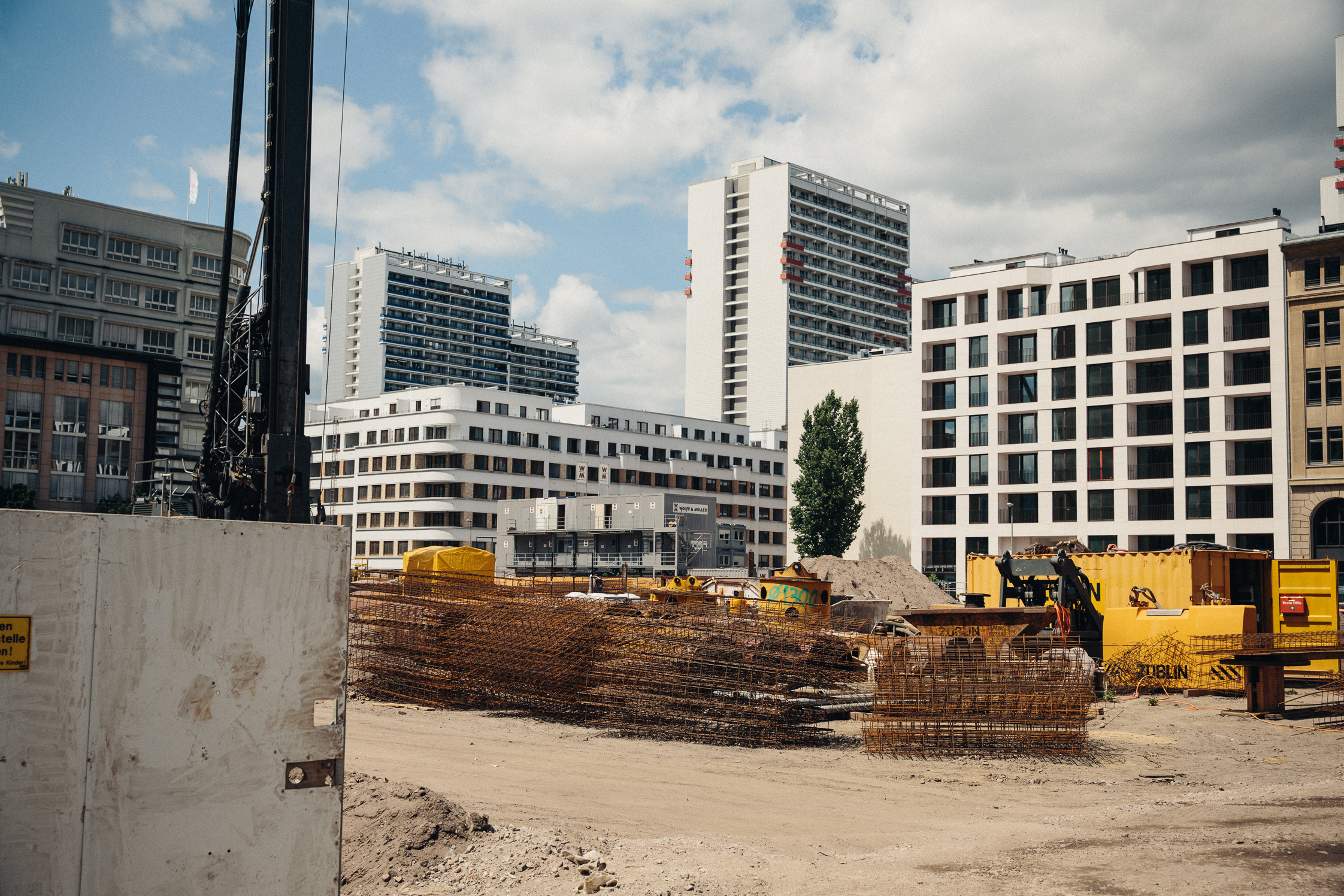
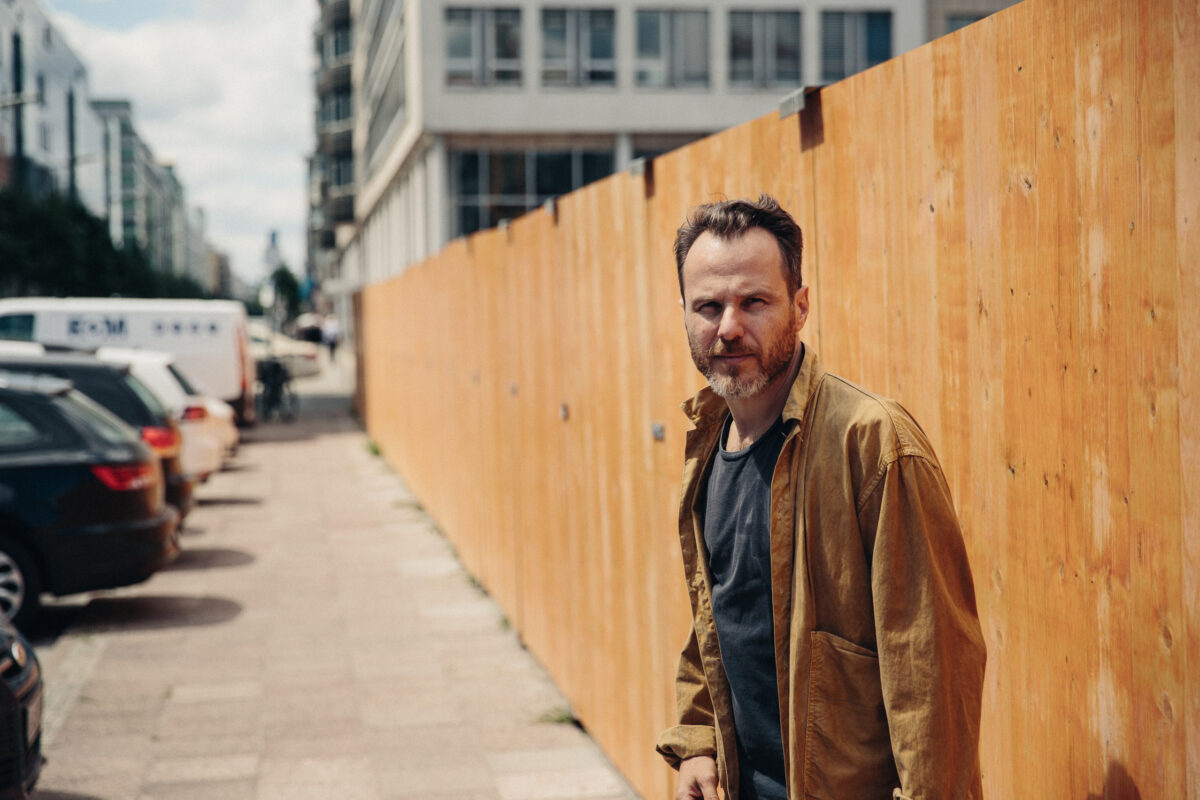
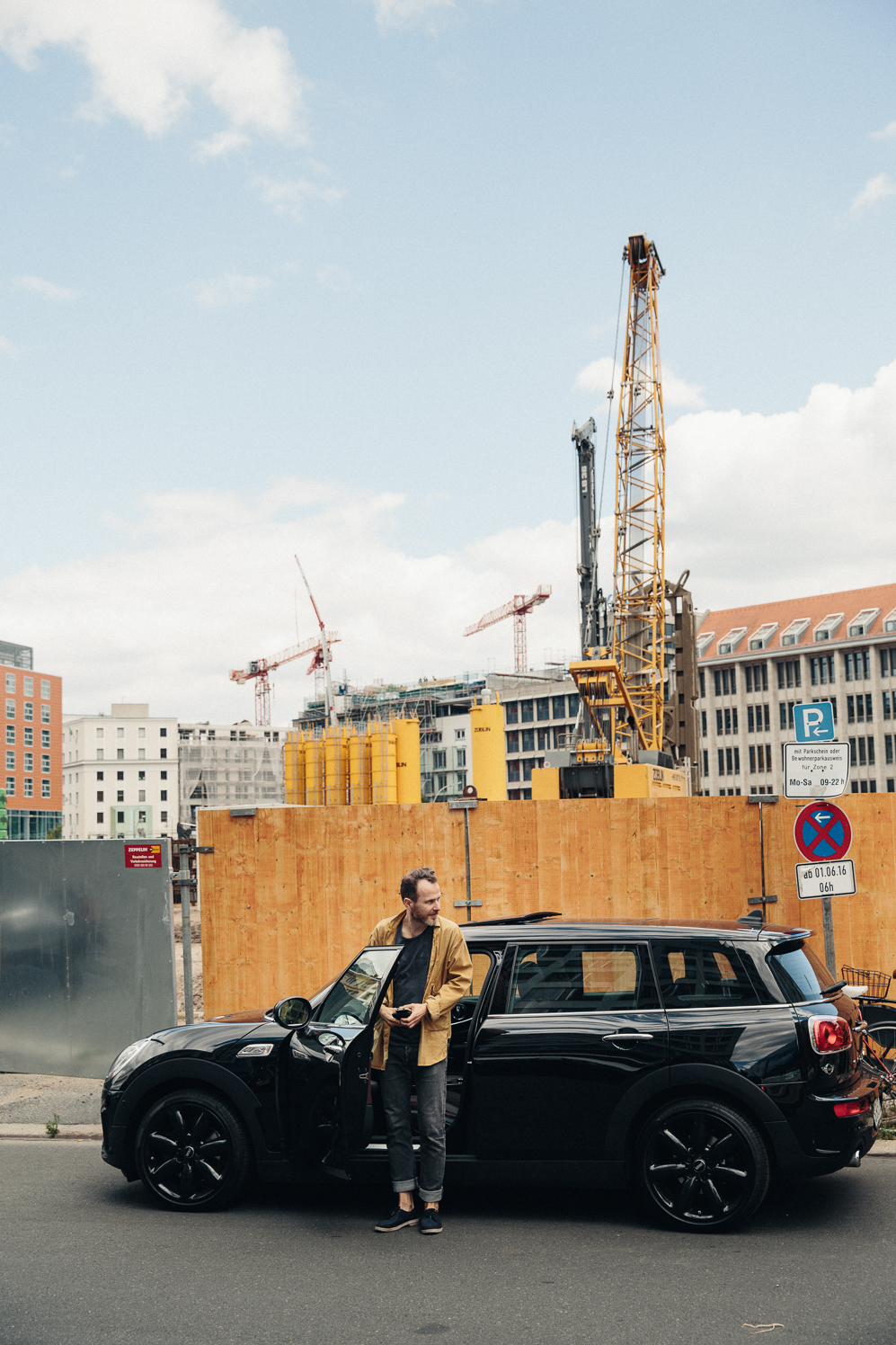
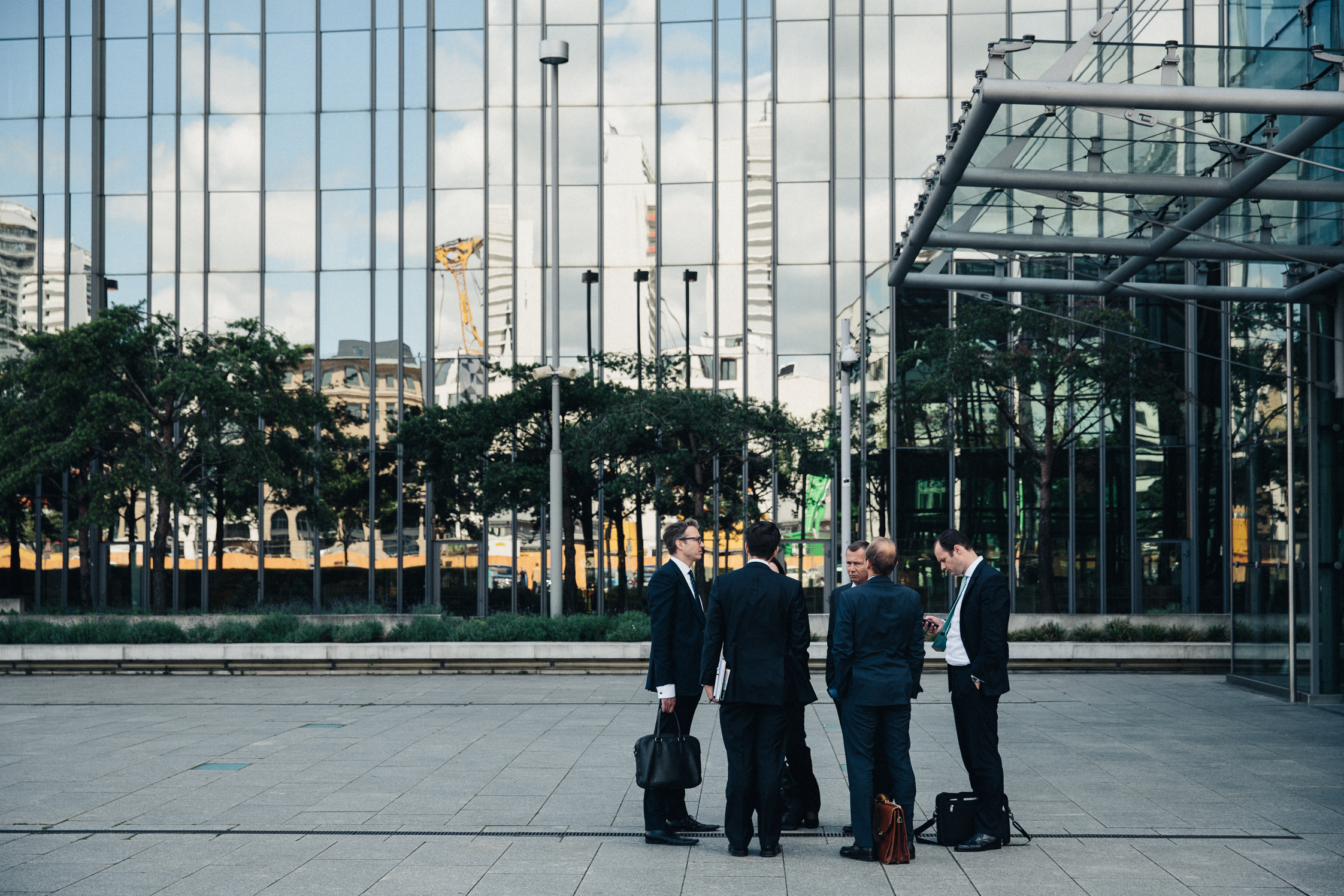
We start to head west, stopping off on the way at the Axel Springer Publishing headquarters situated next to the former East/West border. The sun shines brightly on the highly photogenic golden high-rise that is the main building, but both photographers turn their backs to it and concentrate instead on the building site of a future addition to the Springer building ensemble—a huge new “campus” by radical Dutch architects OMA that will soon close the gap completely in this part of the city centre once divided by the Wall.
It is now one of the most finished parts of Berlin after being a no-man’s land border zone in a state of arrested development for almost half a century. “It is a really strange neighborhood here,” Noshe comments, “it is completely dead on the weekends. We call it the Bankers Quarter although there’s no bankers here—a downtown that isn’t downtown.”
The Zoo district: A changing pace
“The city has a responsibility towards the people who live here.”
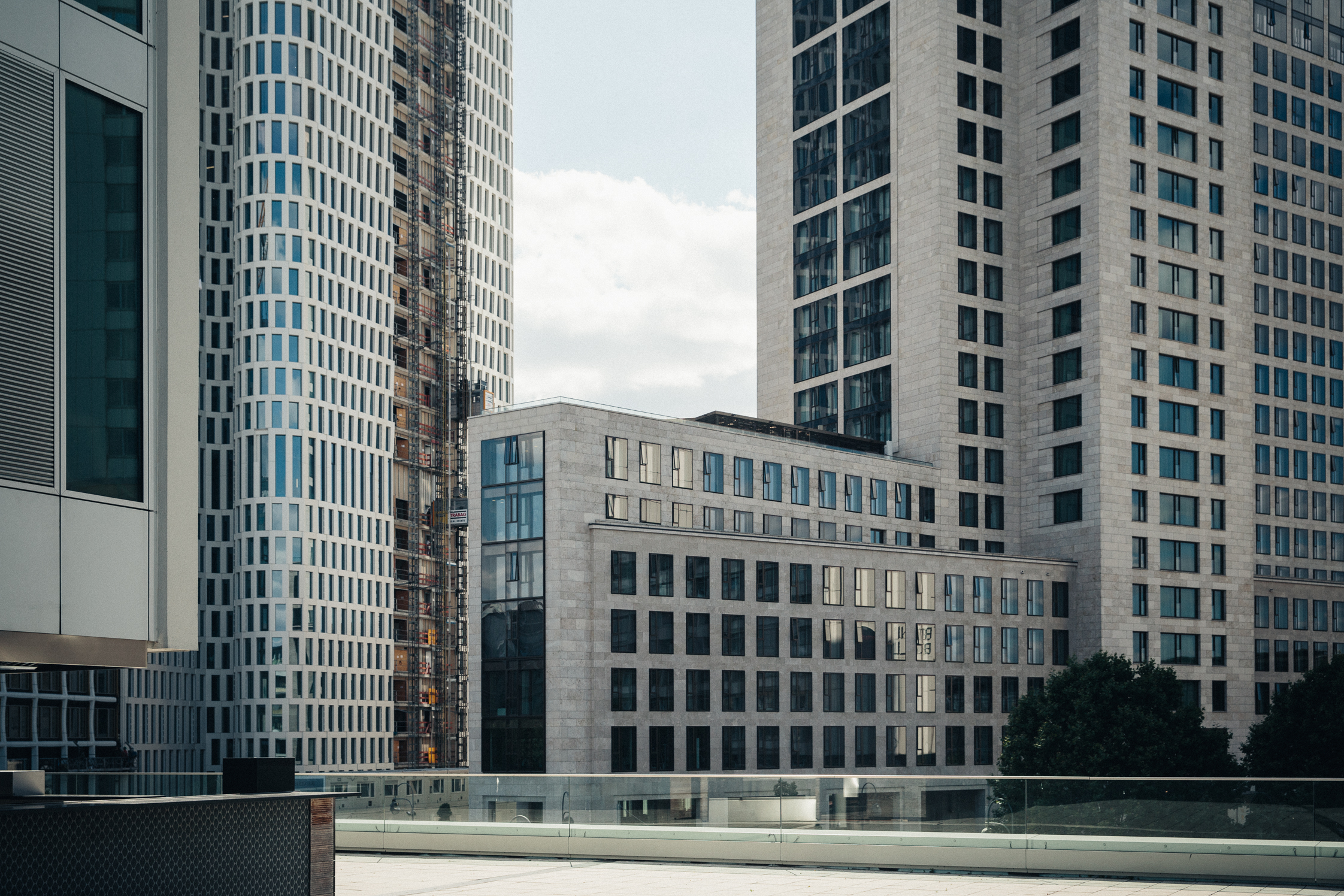
Following a Thai lunch at Papaya on Kantstrasse, we are now firmly in the mood and heart of former West Berlin. We shift for a quick photo opportunity to the area known simply and rather unimaginatively as “Zoo” beside the zoological gardens. After the fall of the Wall, Kürfurstendamm, this once lively and expensive shopping area looked increasingly neglected and shabby as funds and attention were diverted towards waking the East from it’s “Snow White slumber.”
Now the Zoo area has all the appearance of a booming metropolis, complete with big name chain stores and a renovated office complex housing, a bijou mall called Bikini Haus. We pause for Felix to shoot Noshe against the sun and another construction backdrop, this time “Upper West,” one of several investor-fed skyscrapers due to house yet another hotel. “There are too many hotels,” complains Noshe, “and they keep building more. The city benefits from them, along with the shopping centres, because they bring more income, but the people here gain nothing. The housing shortage is massive here: they want to build 10,000 units now but the population is increasing by 50,000 each year through immigration. We can’t blame the investors, it is their job to make money, they are as they are—you can’t change that. But the city has a responsibility towards the people who live here.”
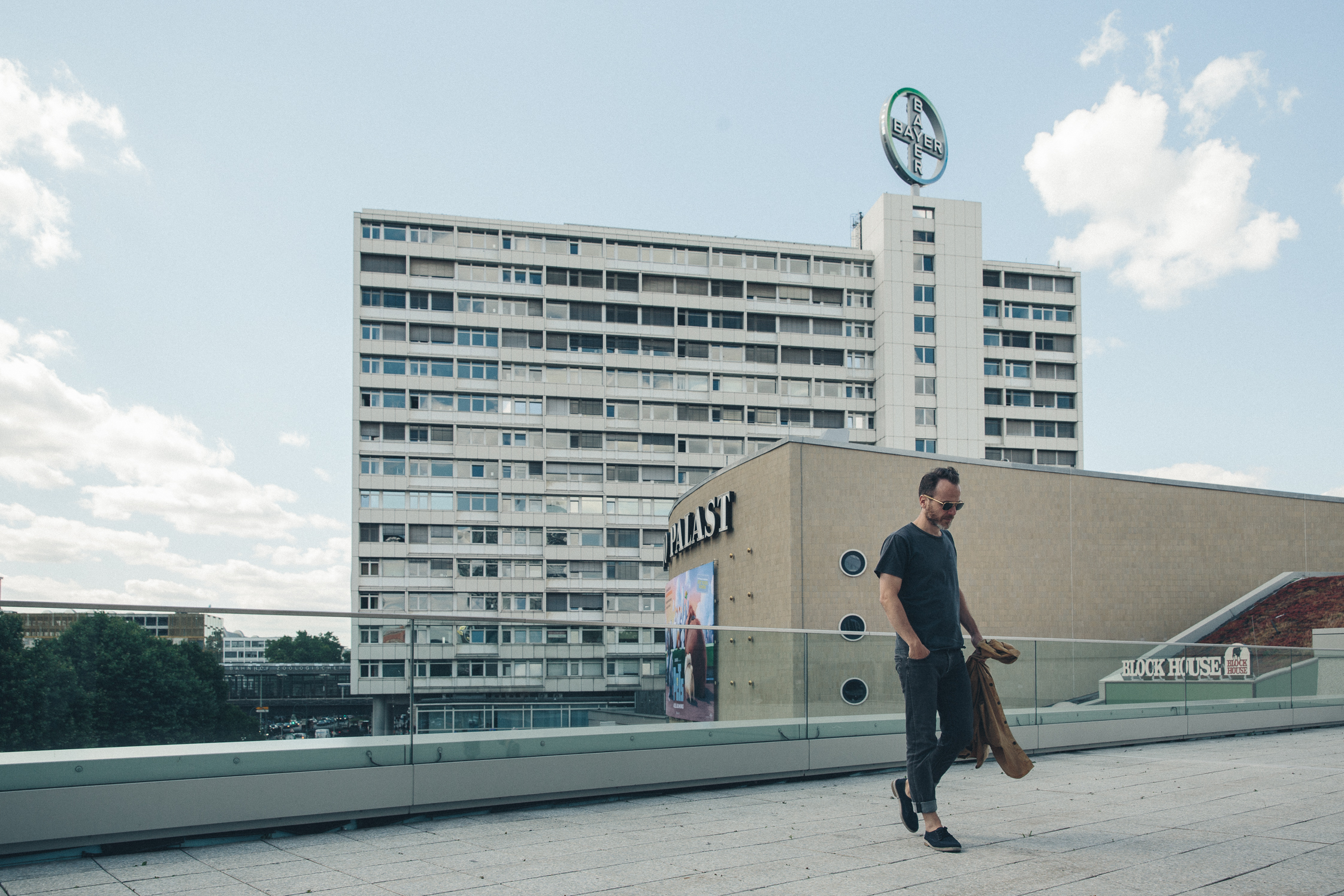
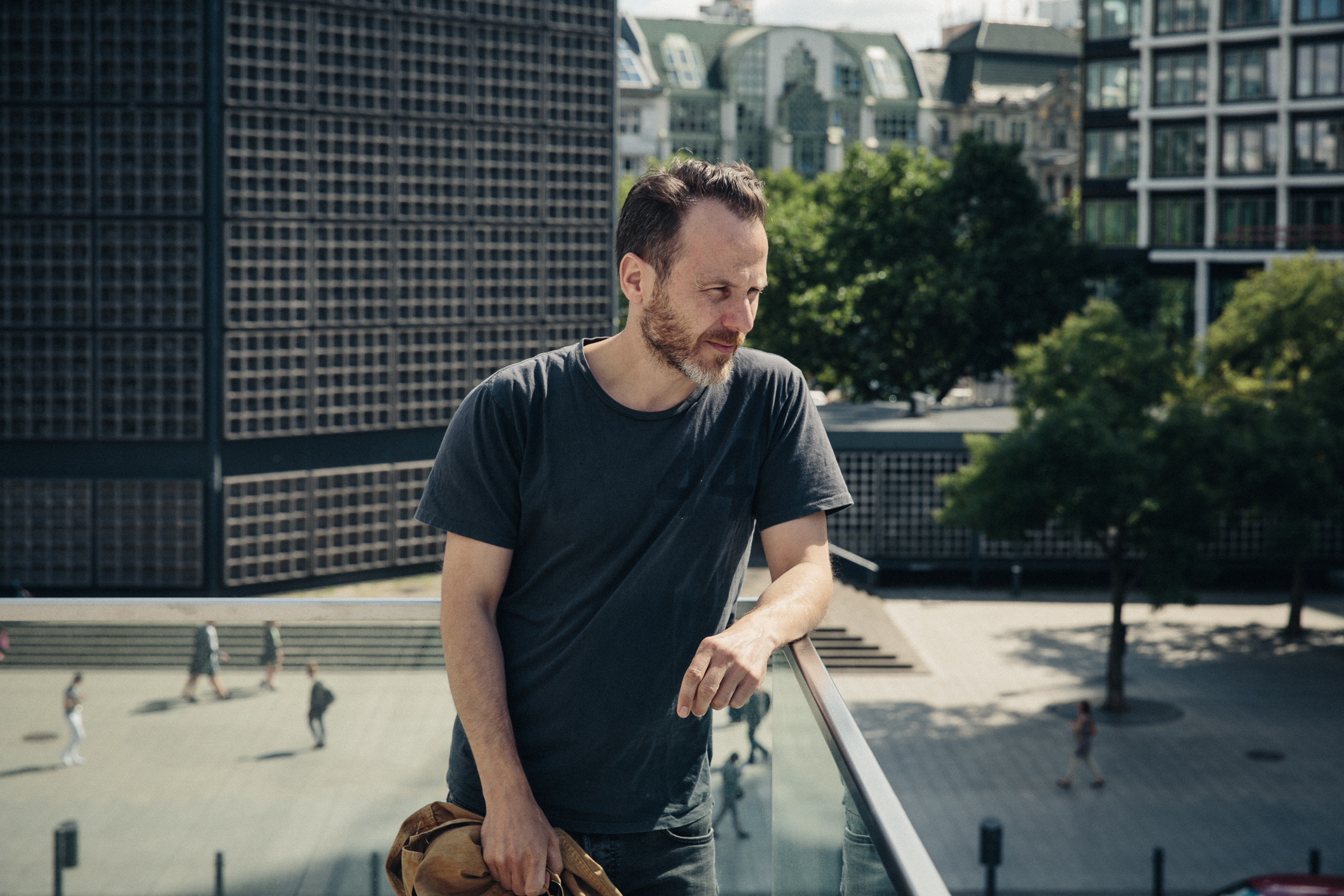
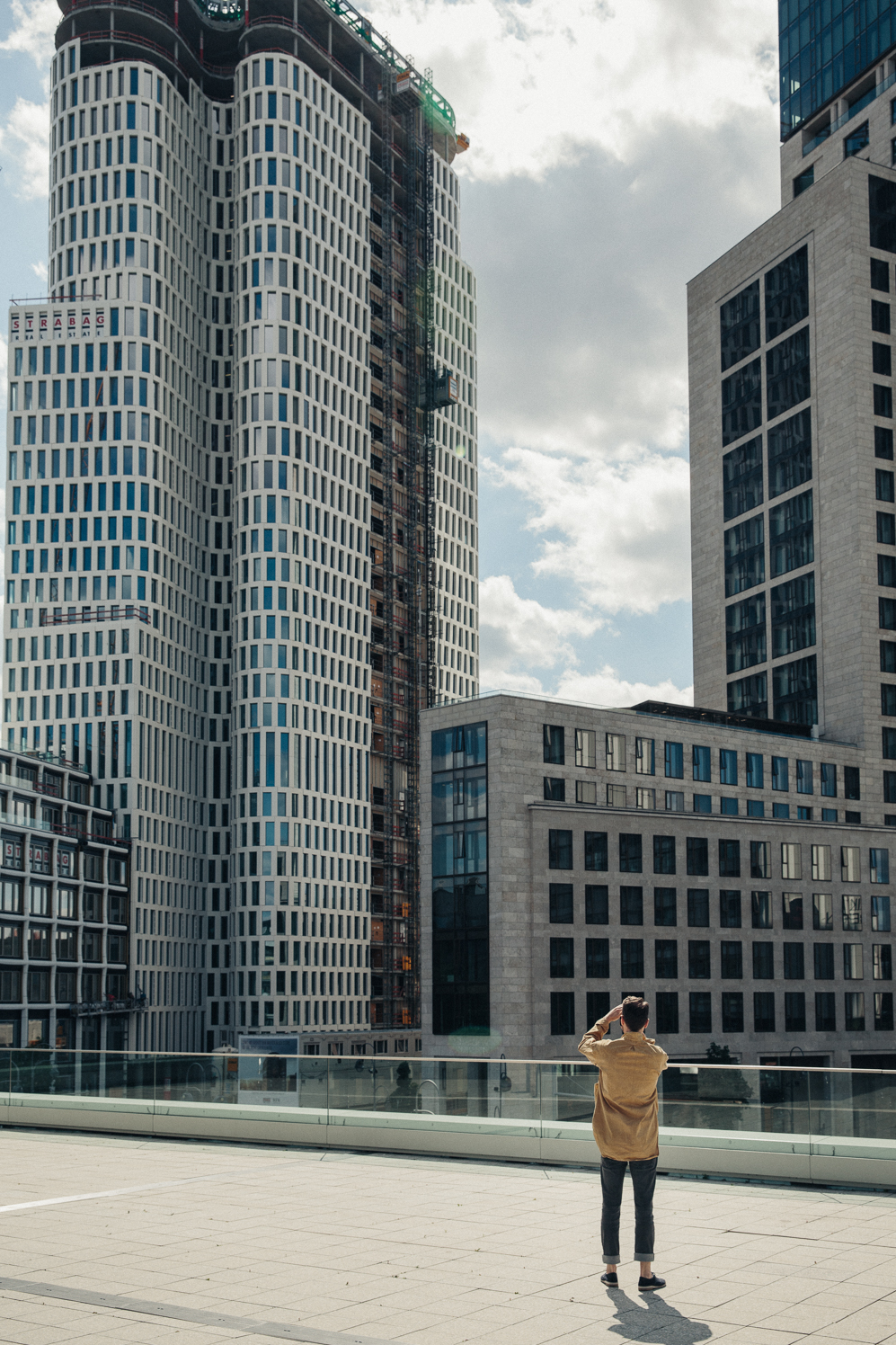
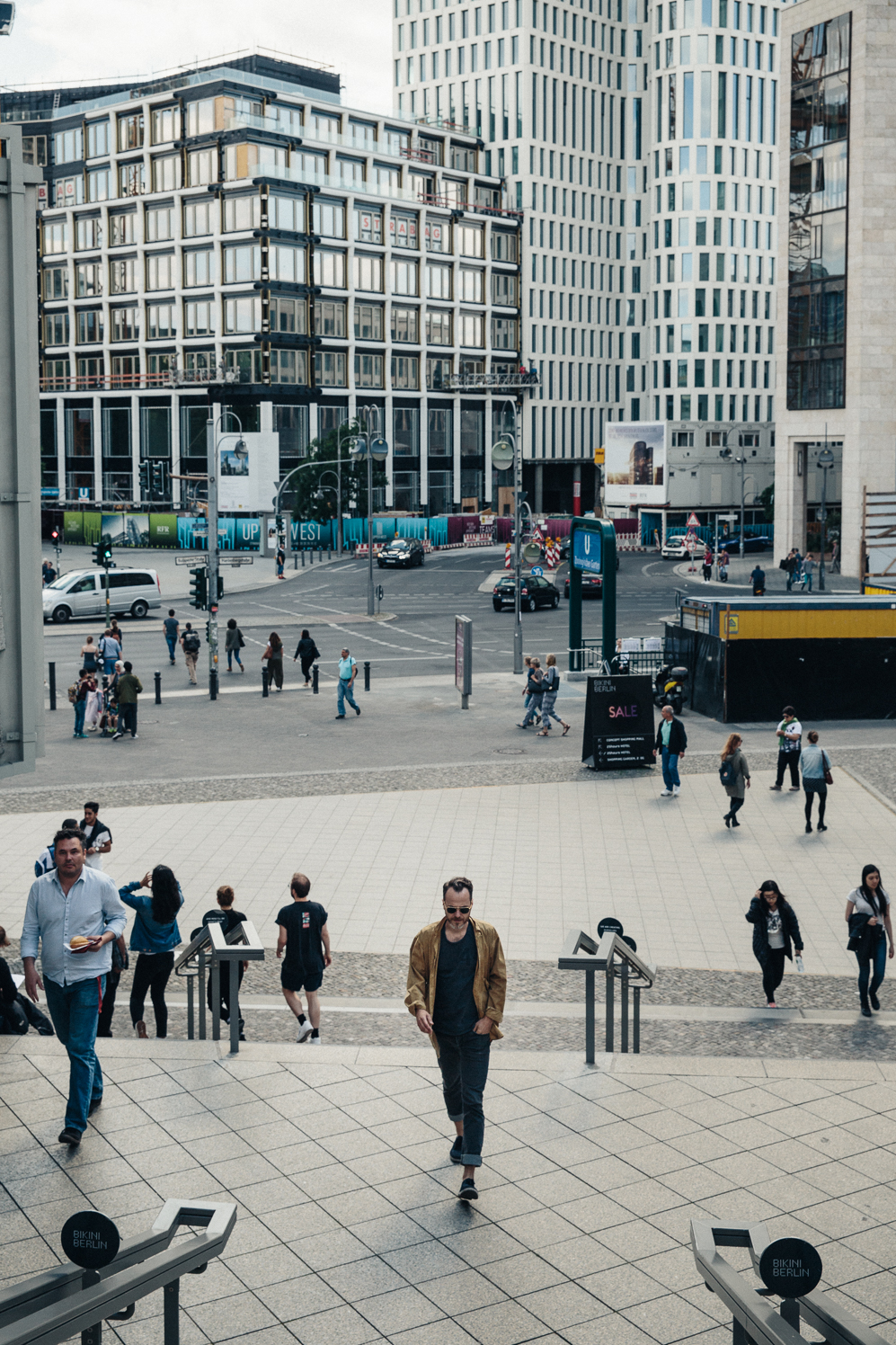
“Cities evolve, and that is a positive thing.”
Moabit: A familiar face
Towards the end of the day Noshe needs to make a decision: Should we head to Schöneberg or Moabit? “After all these places of change, I wanted to go to Schöneberg or Wilmersdorf, quiet districts where it doesn’t smell so strongly of change. I feel very comfortable there these days,” he explains: “You can’t escape change, that’s obvious. It’s obvious that cities evolve, and that is a positive thing. But when you have experienced so much, growing up here in Berlin, then it becomes borderline after a certain point because it needs to be digested emotionally.”
I agree that many of our friends, particularly those who have been in the city a long time, are considering moving to some of the slower, calmer old districts. Noshe continues: “At some point all this change becomes irritating. That is also a theme in my Incertitudes series. Towards the end of the ’90s and the beginning of the ’00s, it still meant there was a chance to be part of them, to help shape them in a good direction, within the community as an individual. You still had a chance of appropriation. It is money that has taken over this role now.”
So we end our tour in a leafy residential cul-de-sac in Moabit, not far from where Felix lives. It is remarkably quiet here, just like Schöneberg and Wilmersdorf. A group of old people from a residential home sitting in a sundry mix of wheelchairs and kitchen chairs are gathered under the shade of a tree. Children are walking home from school with their rucksacks on their backs. There is a man in his vest watering the well-tended plants on his balcony and it all looks exactly as it did twenty years ago when I first arrived in Berlin. Only the models of cars in the street give away the date. I hated places like this in West Berlin back then, they seemed so lethargic, enclaves where time moves like syrup. Now I have to admit I can understand their appeal.
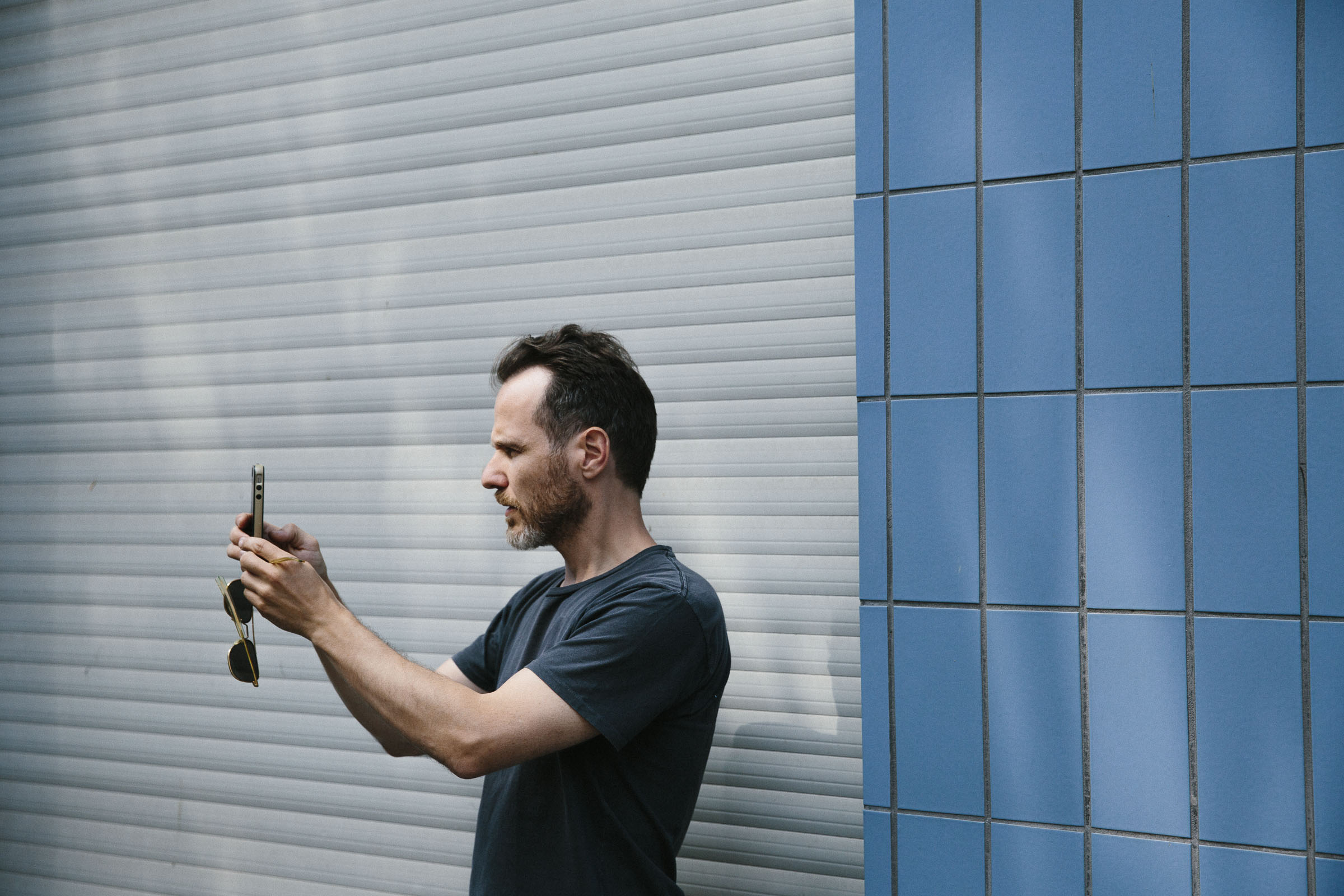
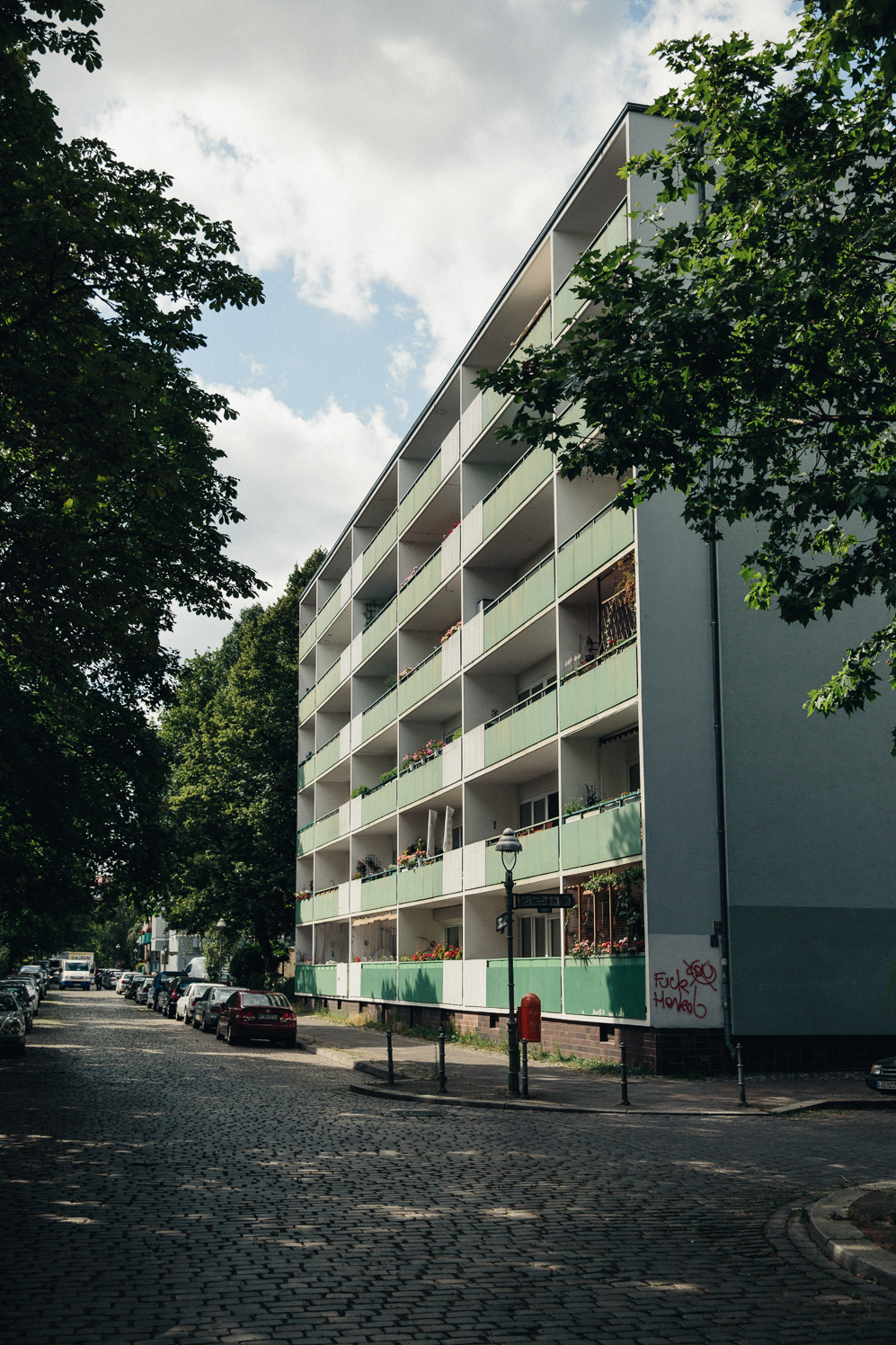
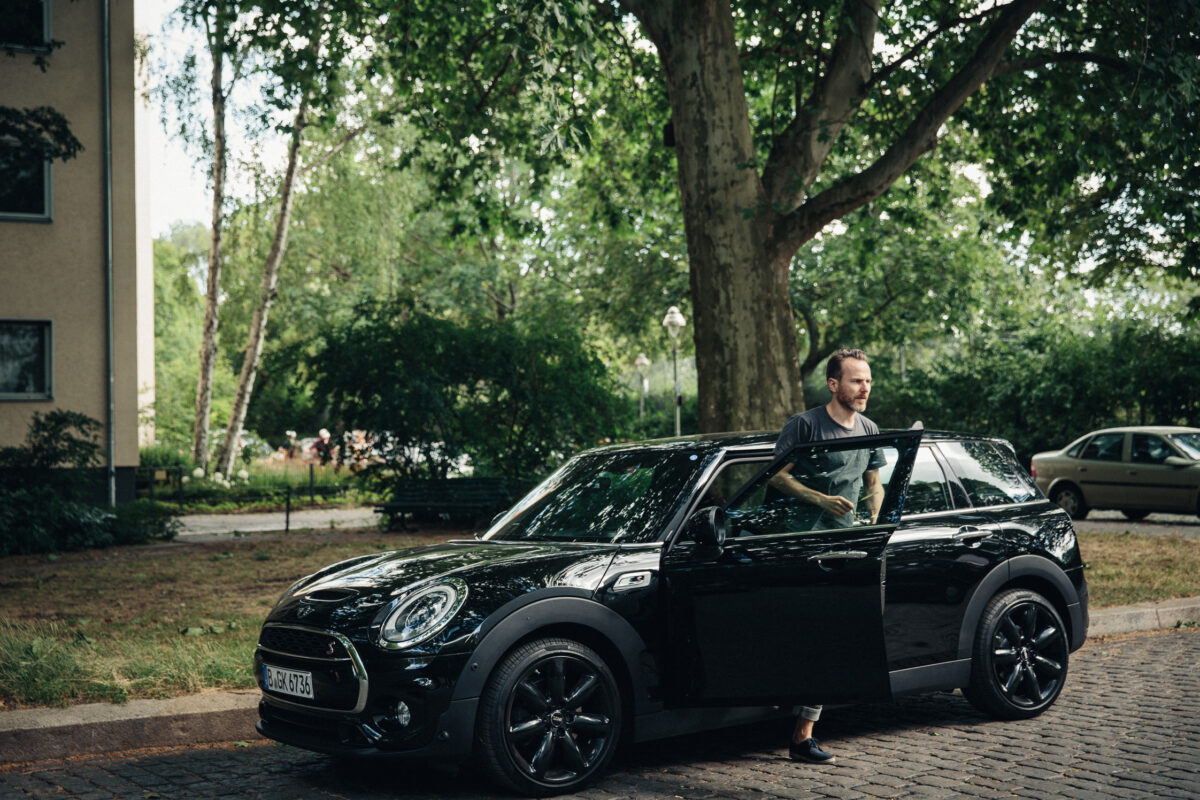
Thank you, Noshe, for the exciting tour through Berlin and your view on the various changes. See Noshe’s work here and here.
For more of Sophie’s work, check out her website here.
This portrait is part of our Guided and Curated series produced in collaboration with MINI Germany. Selected individuals give us insight into their cities through guides tailored to their area of expertise. Get to know the new MINI Clubman that Noshe, Sophie and Felix drove around Berlin.
Dive into our archive for more Berlin portraits.
Text: Sophie Lovell
Photography: Felix Brüggemann
